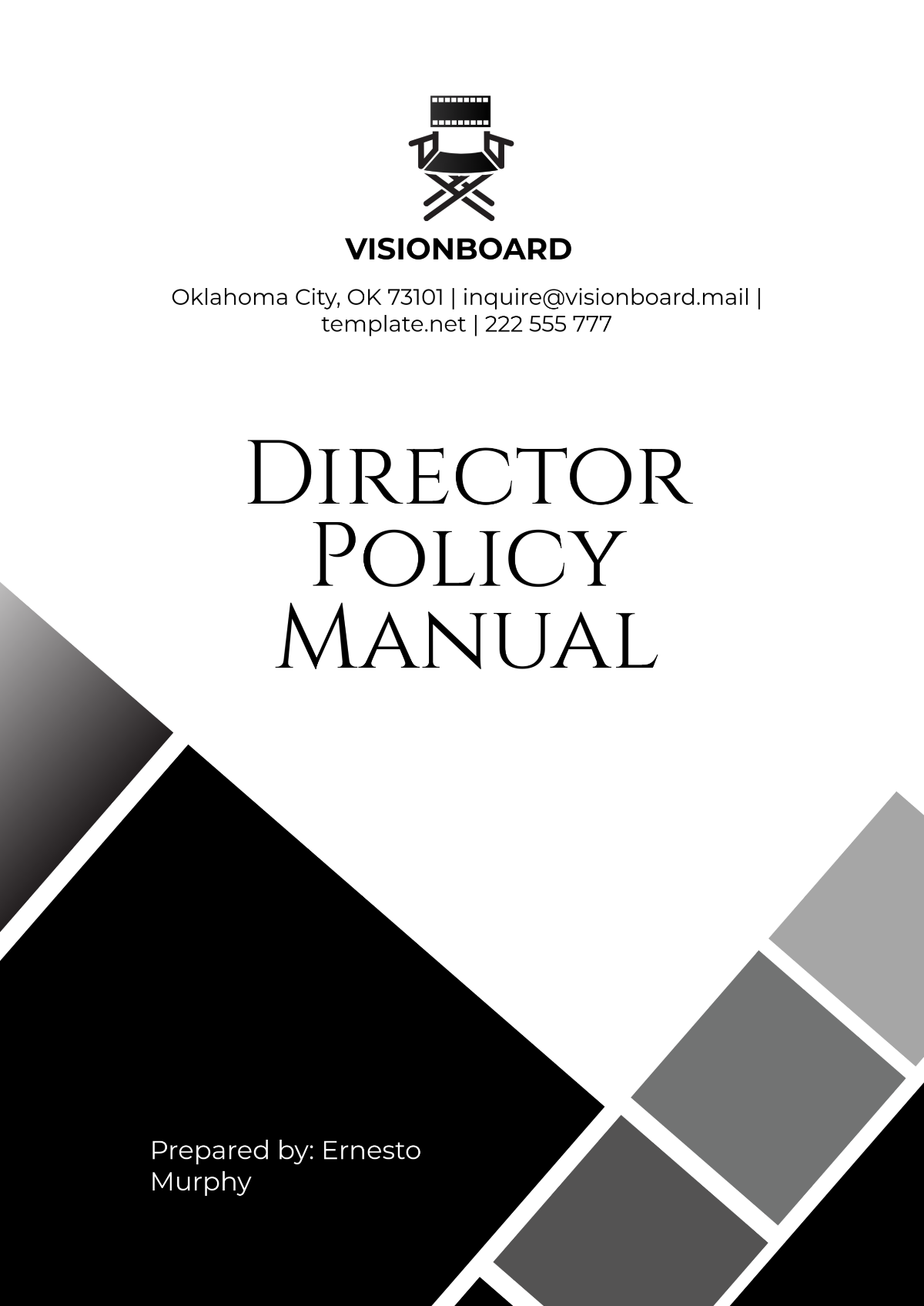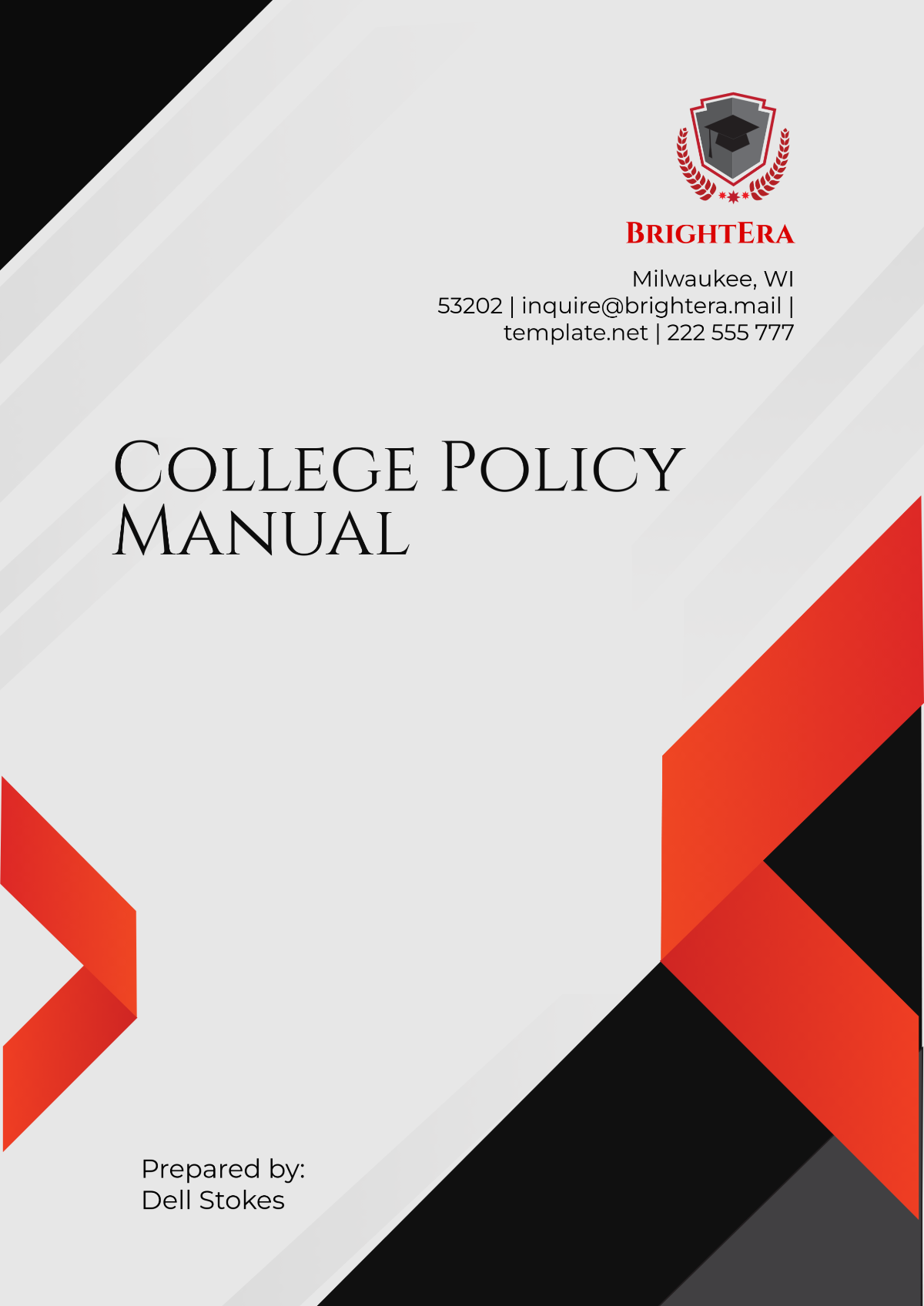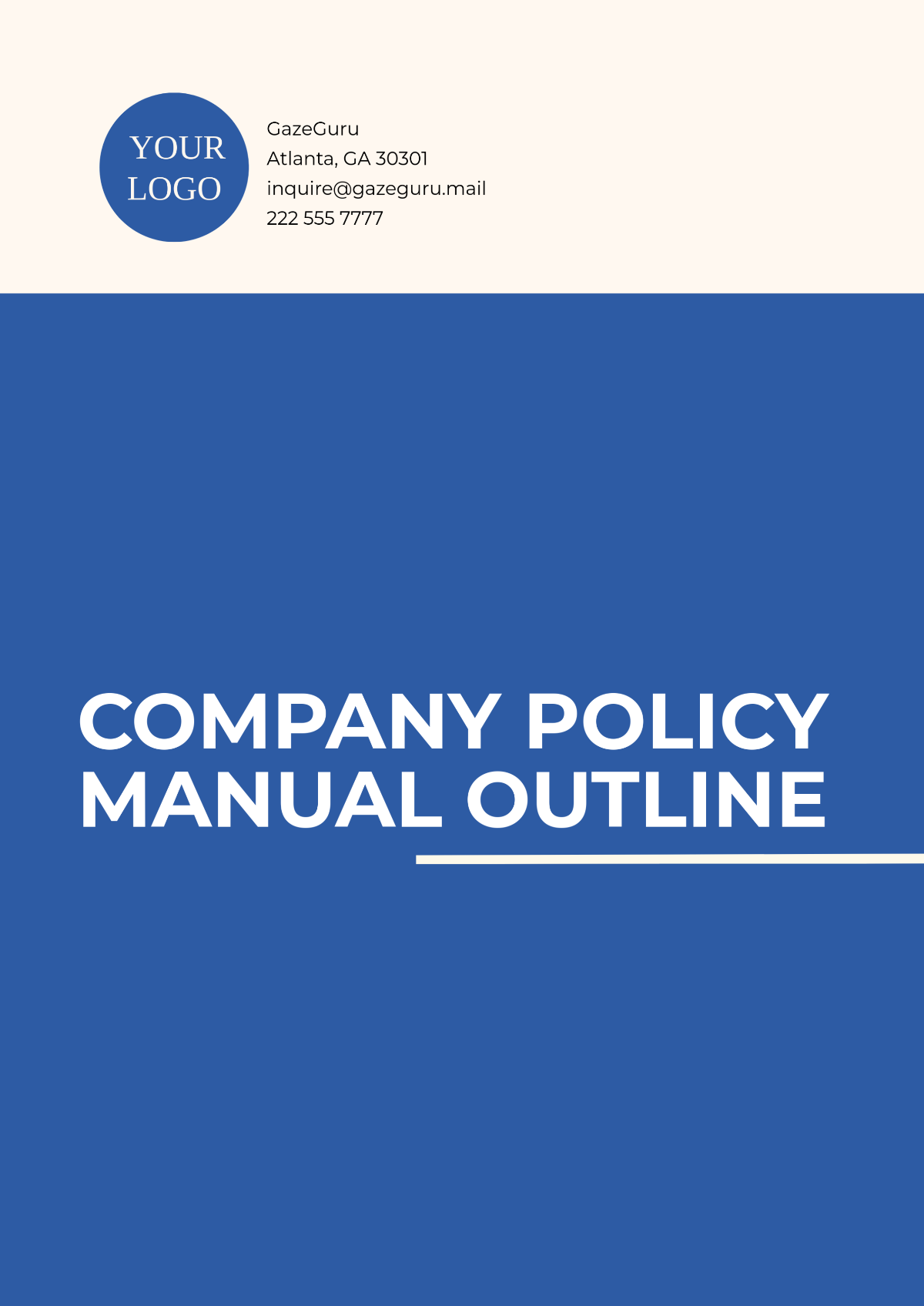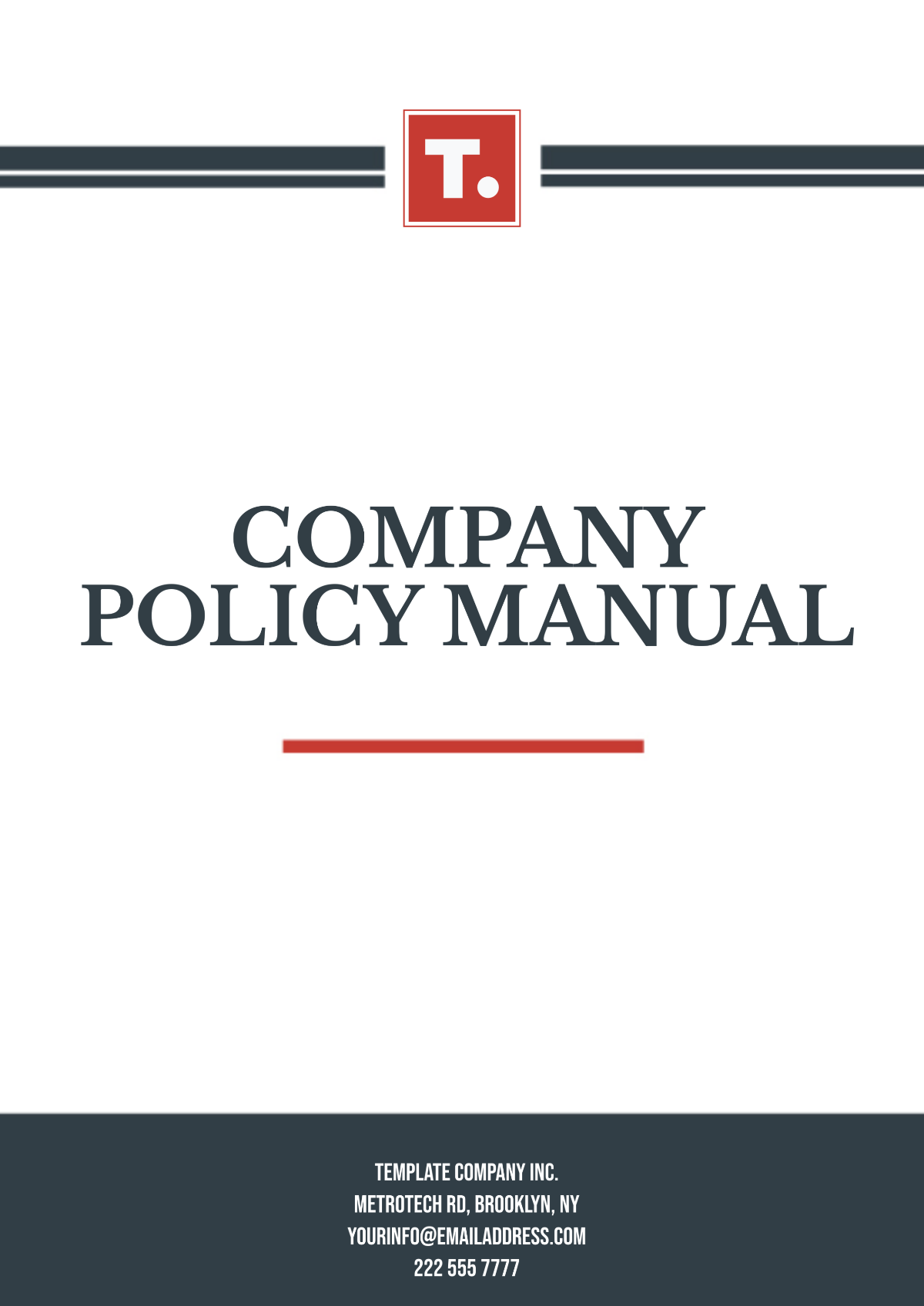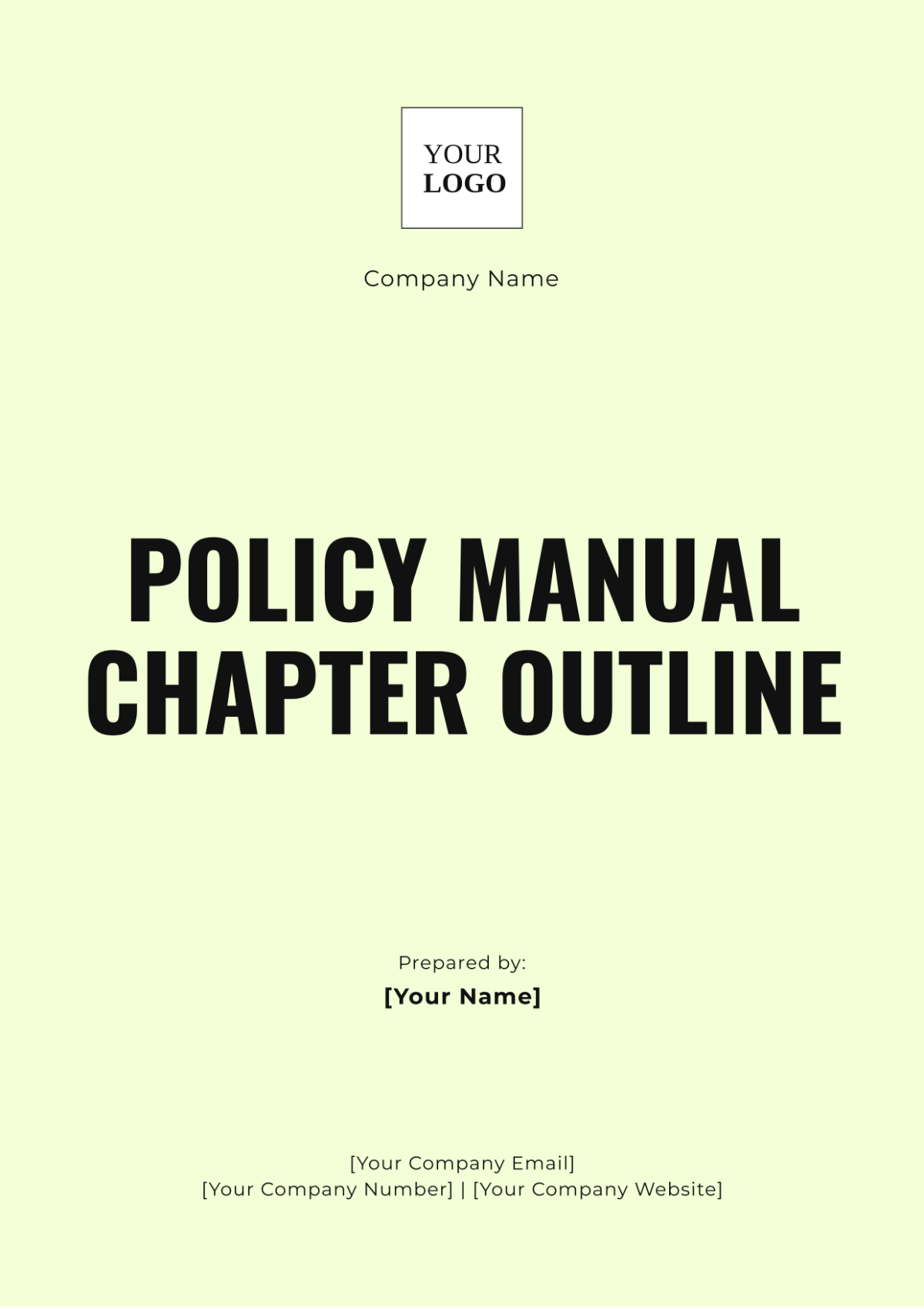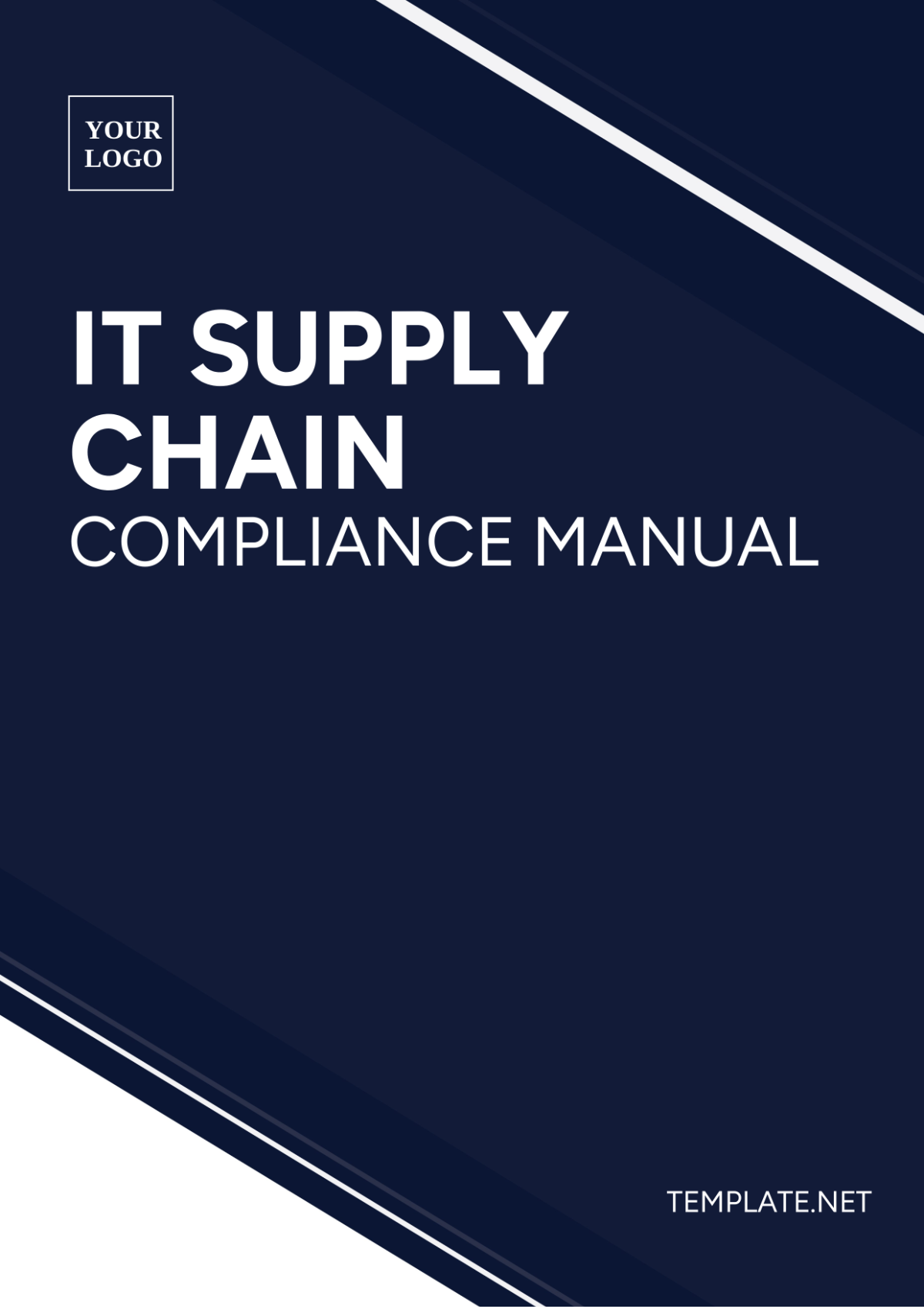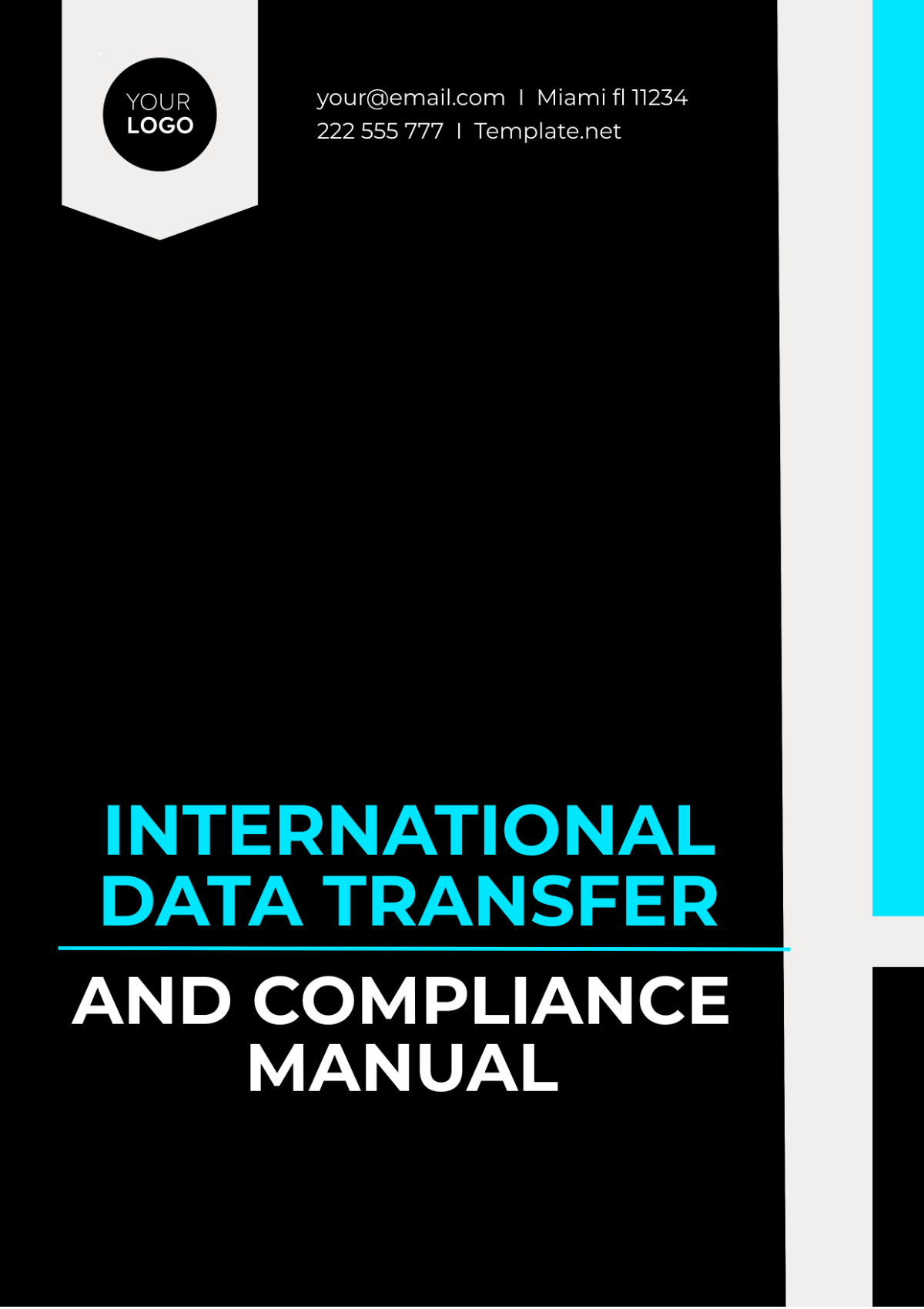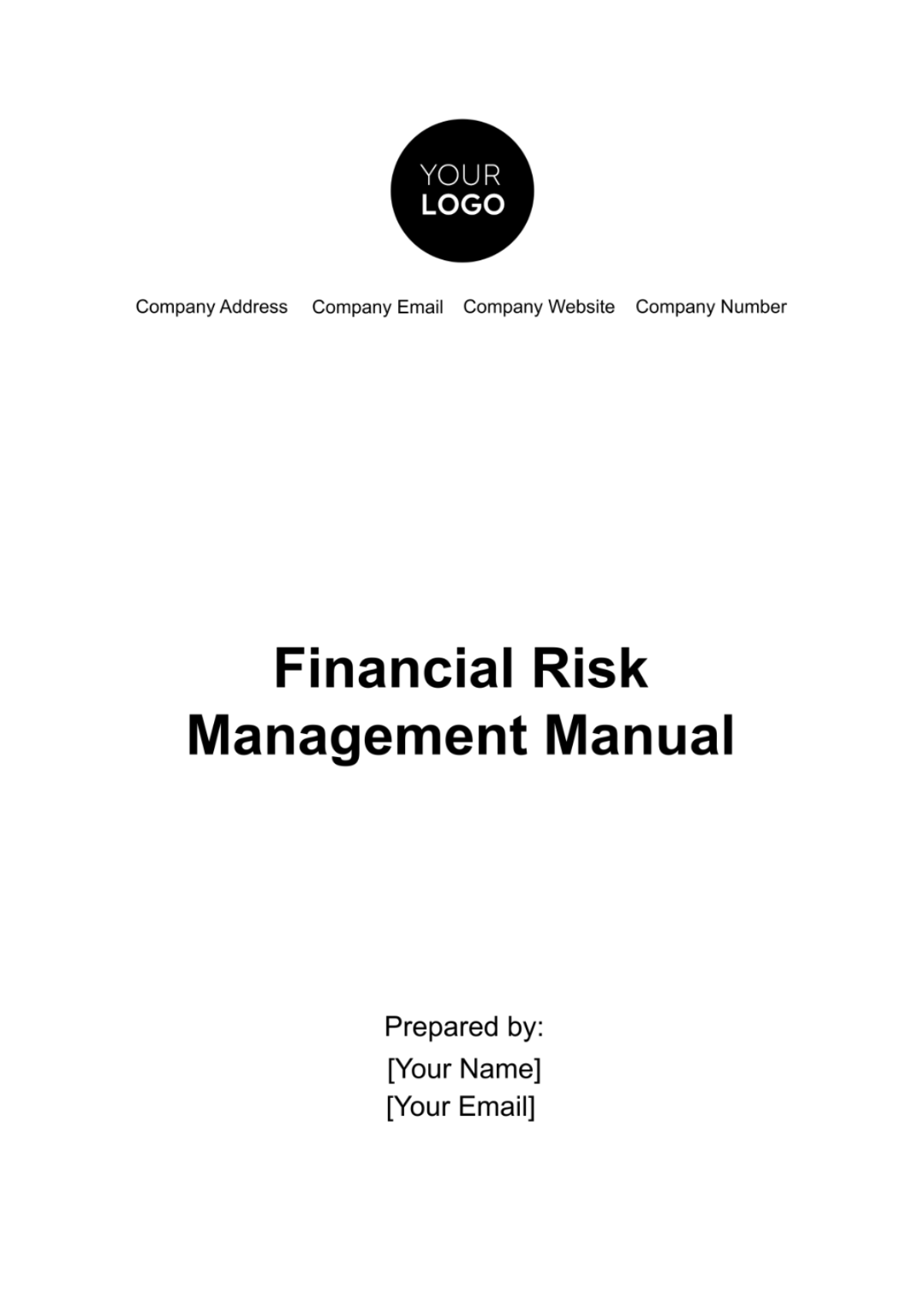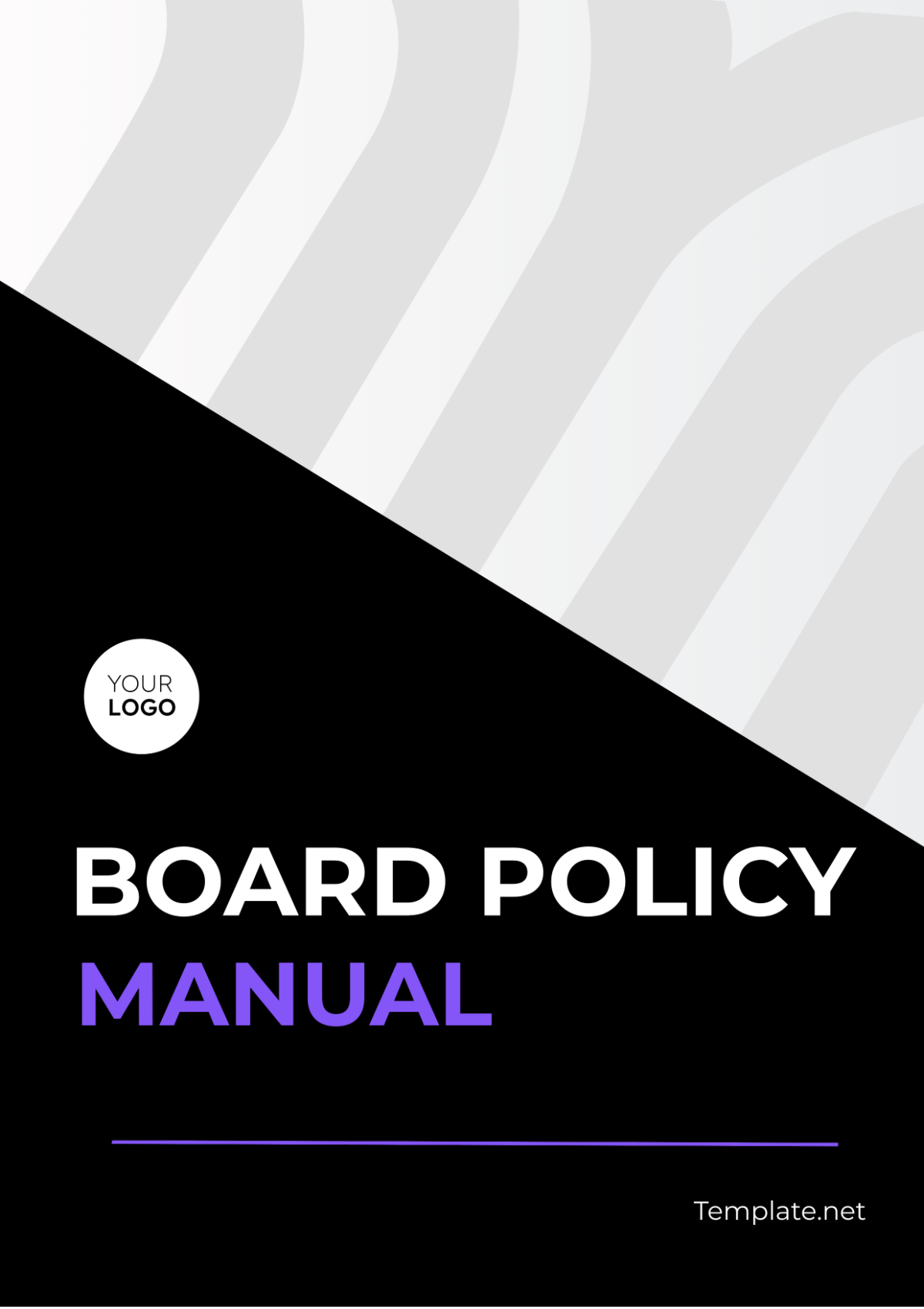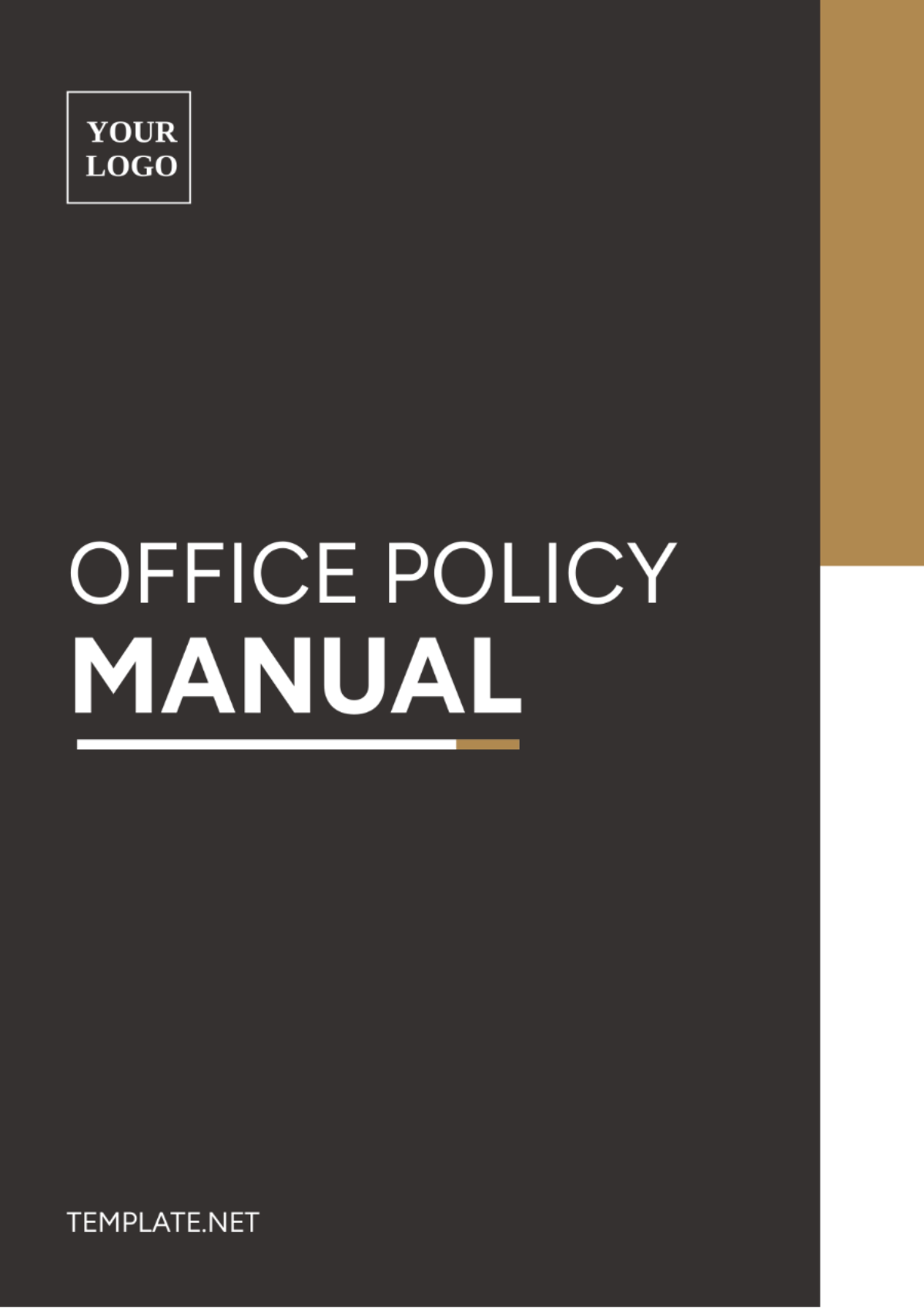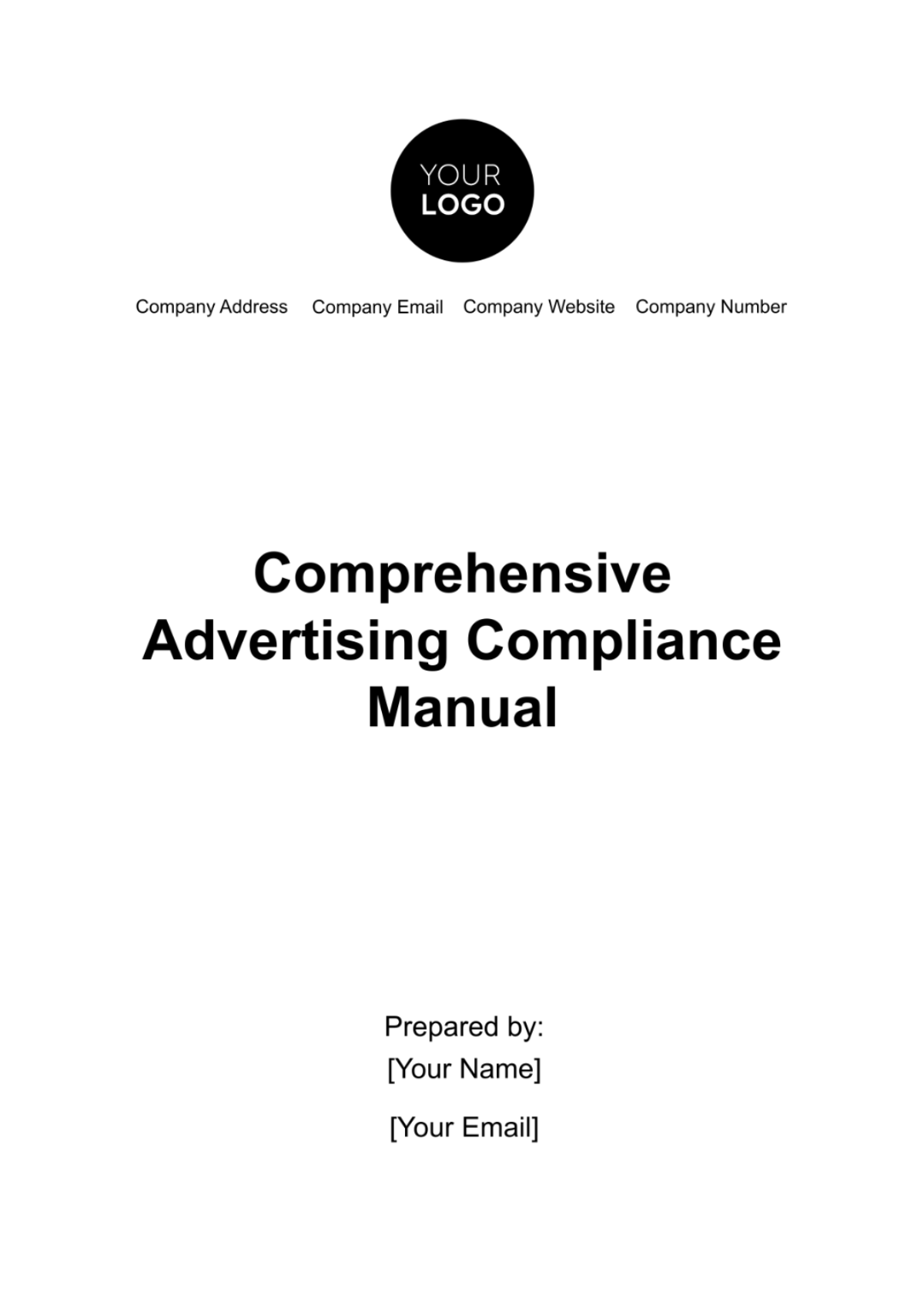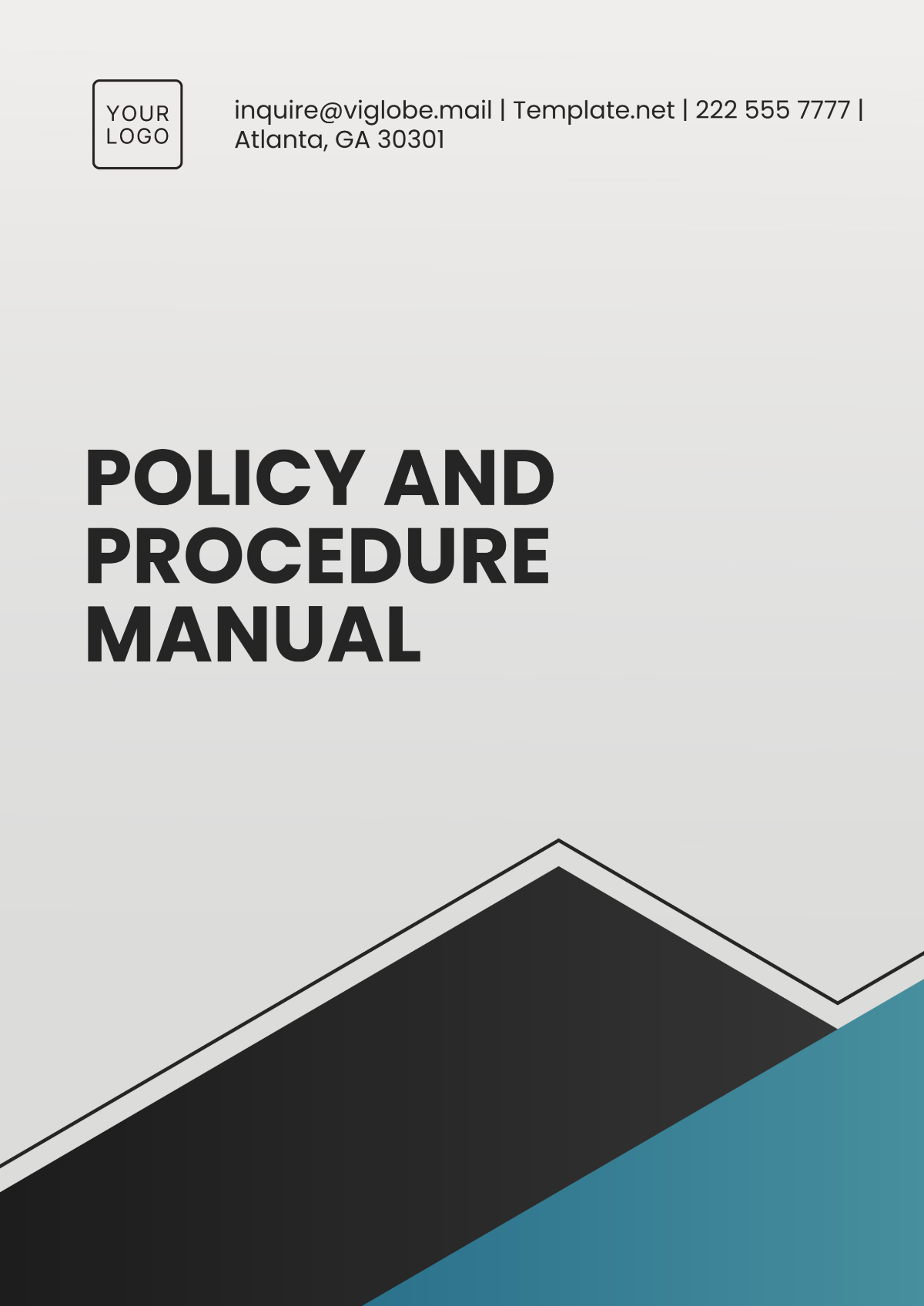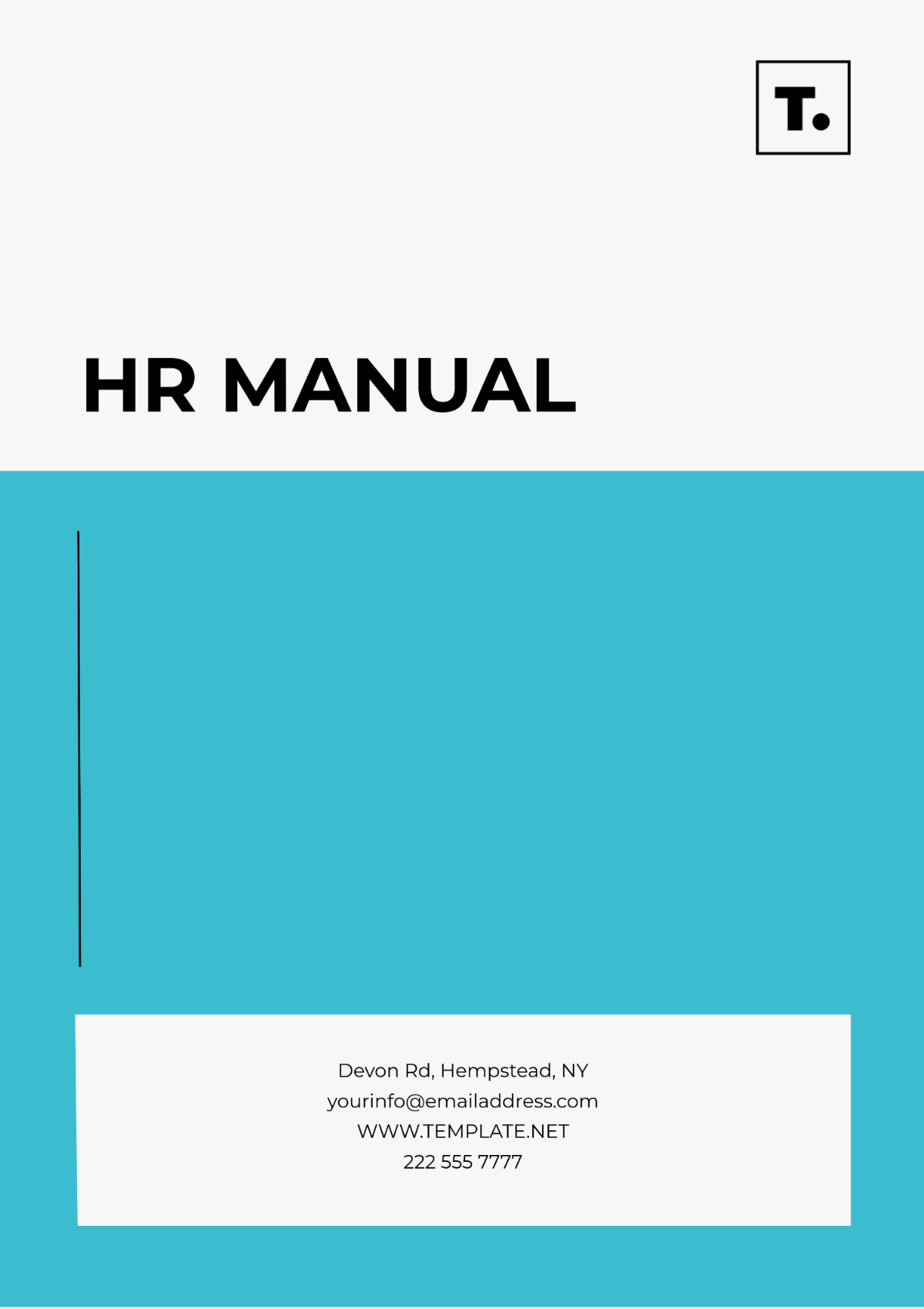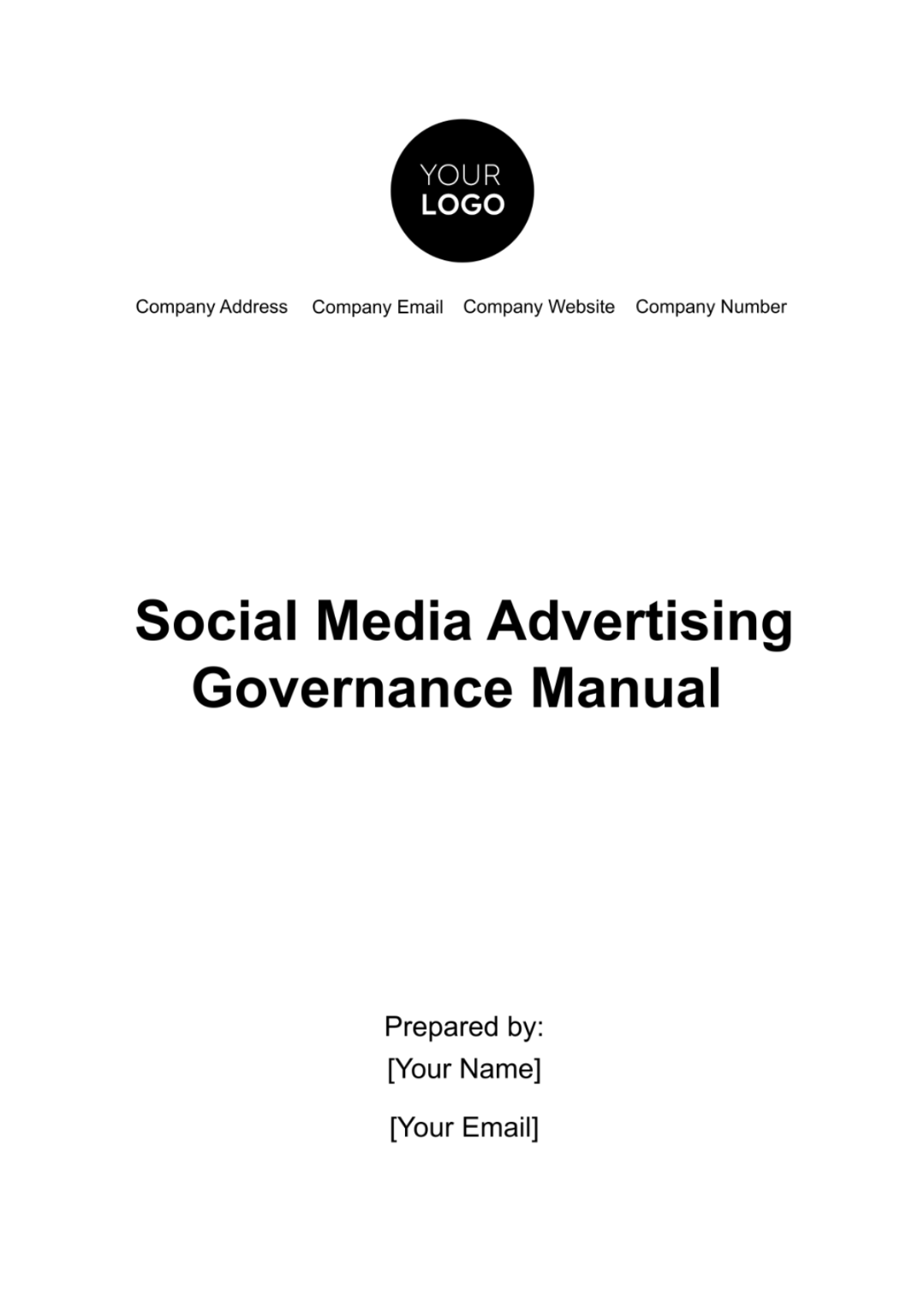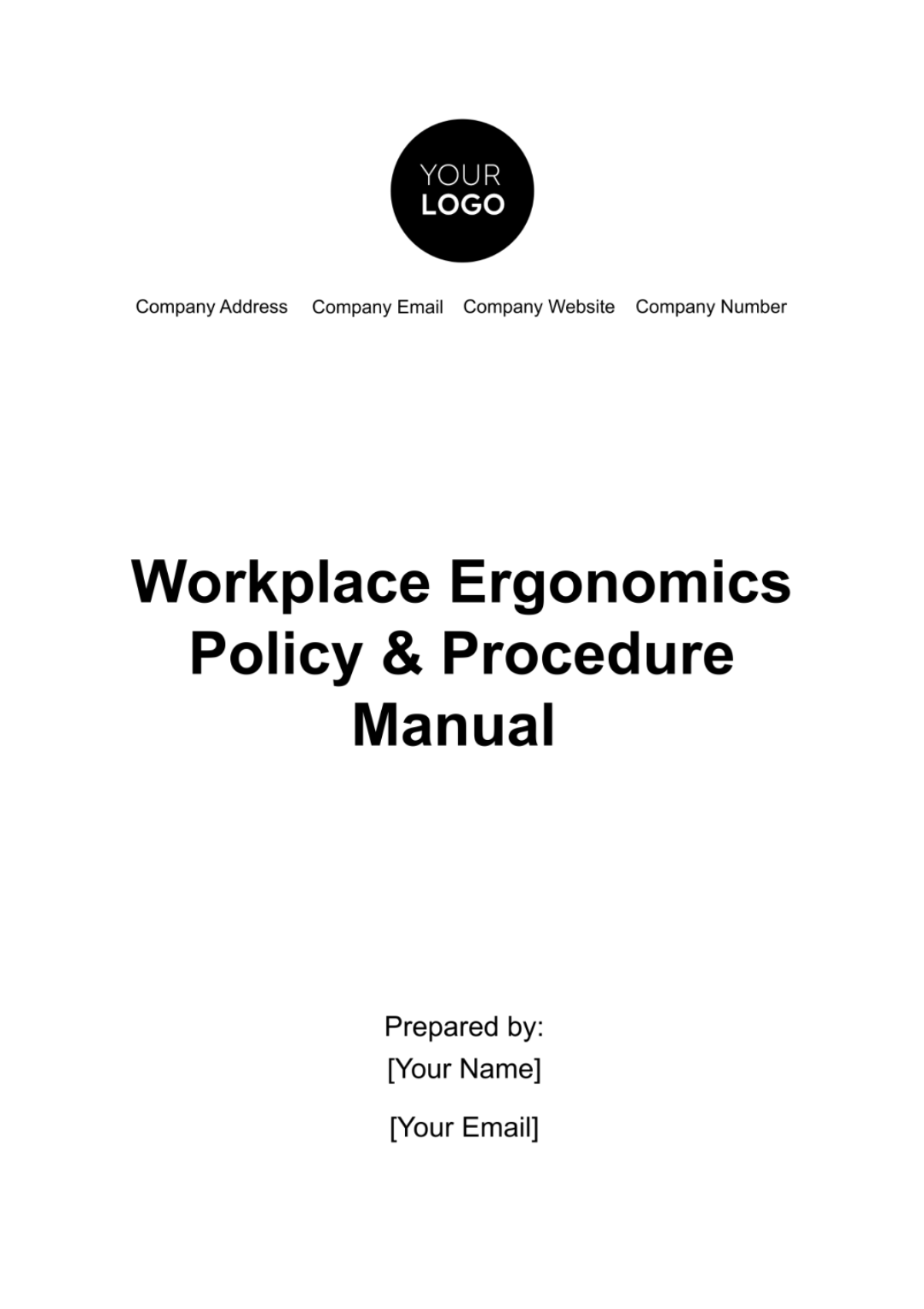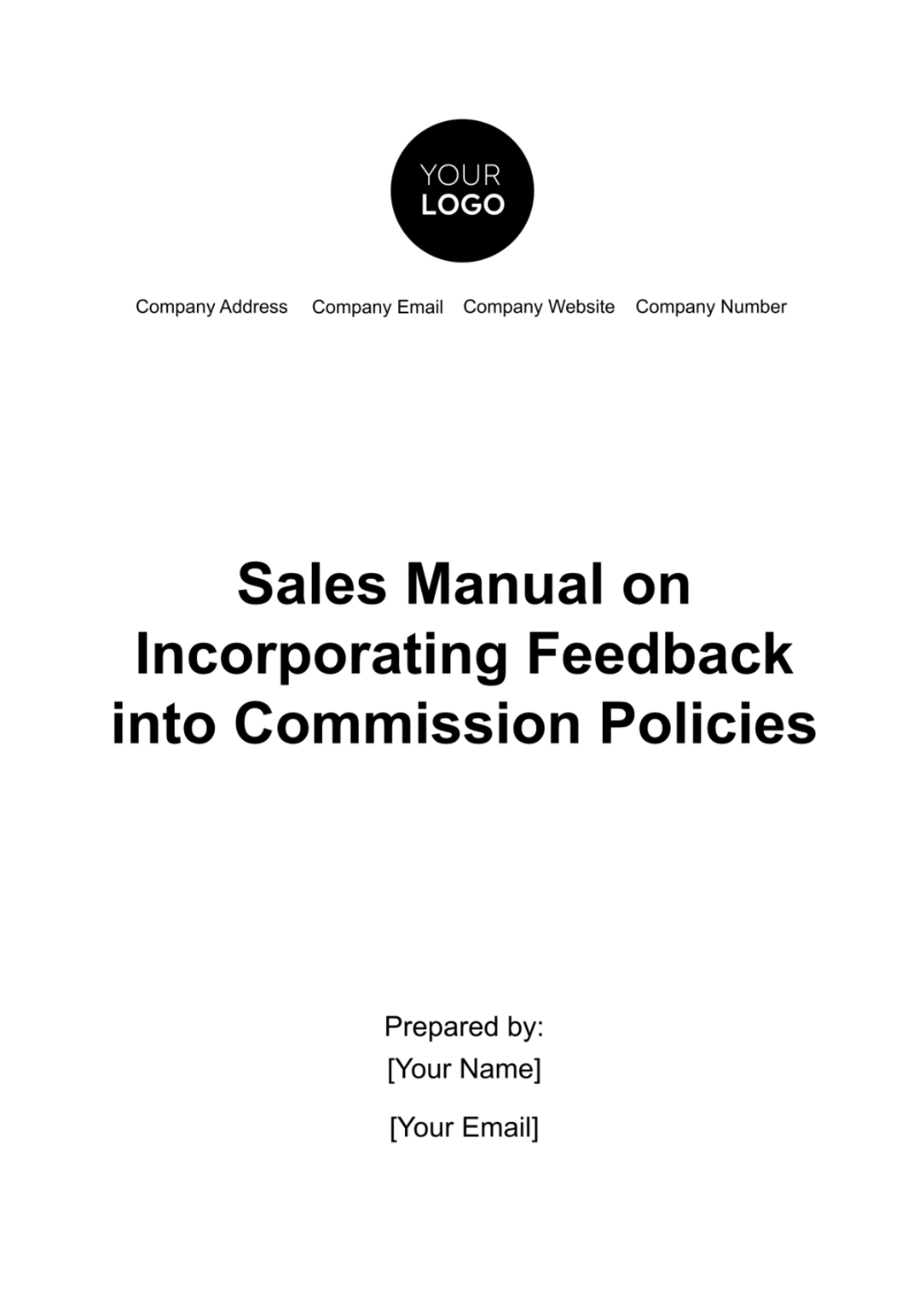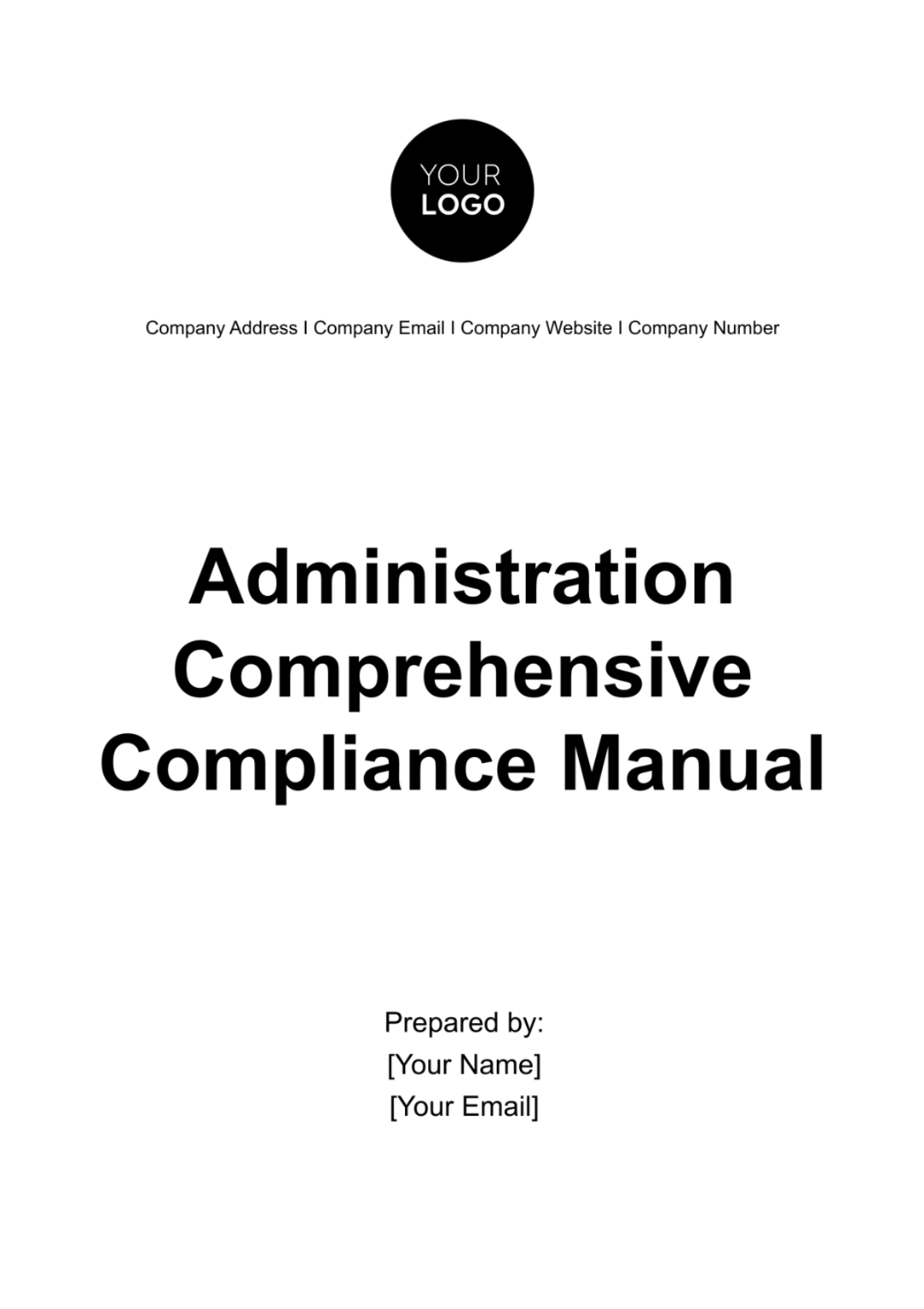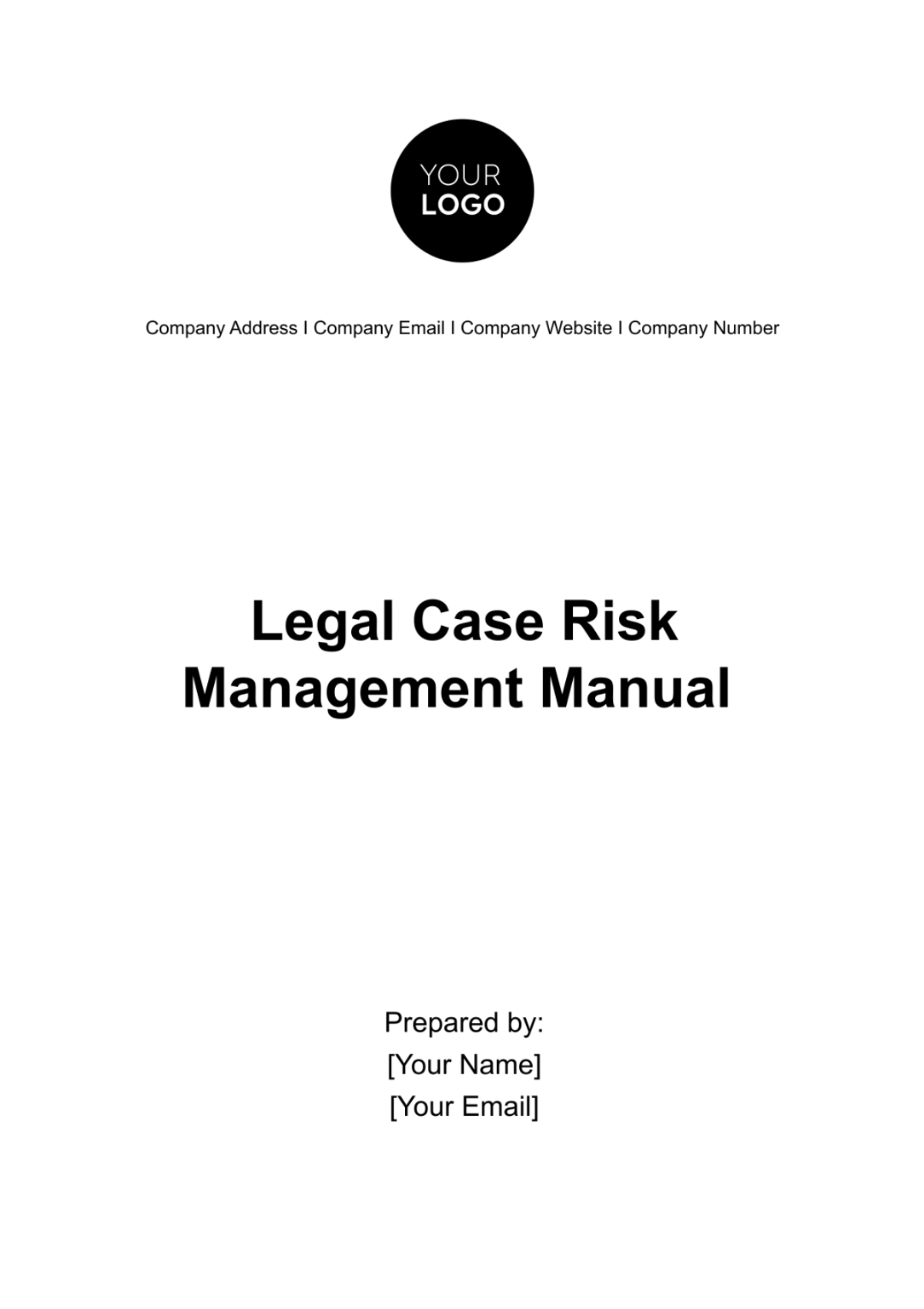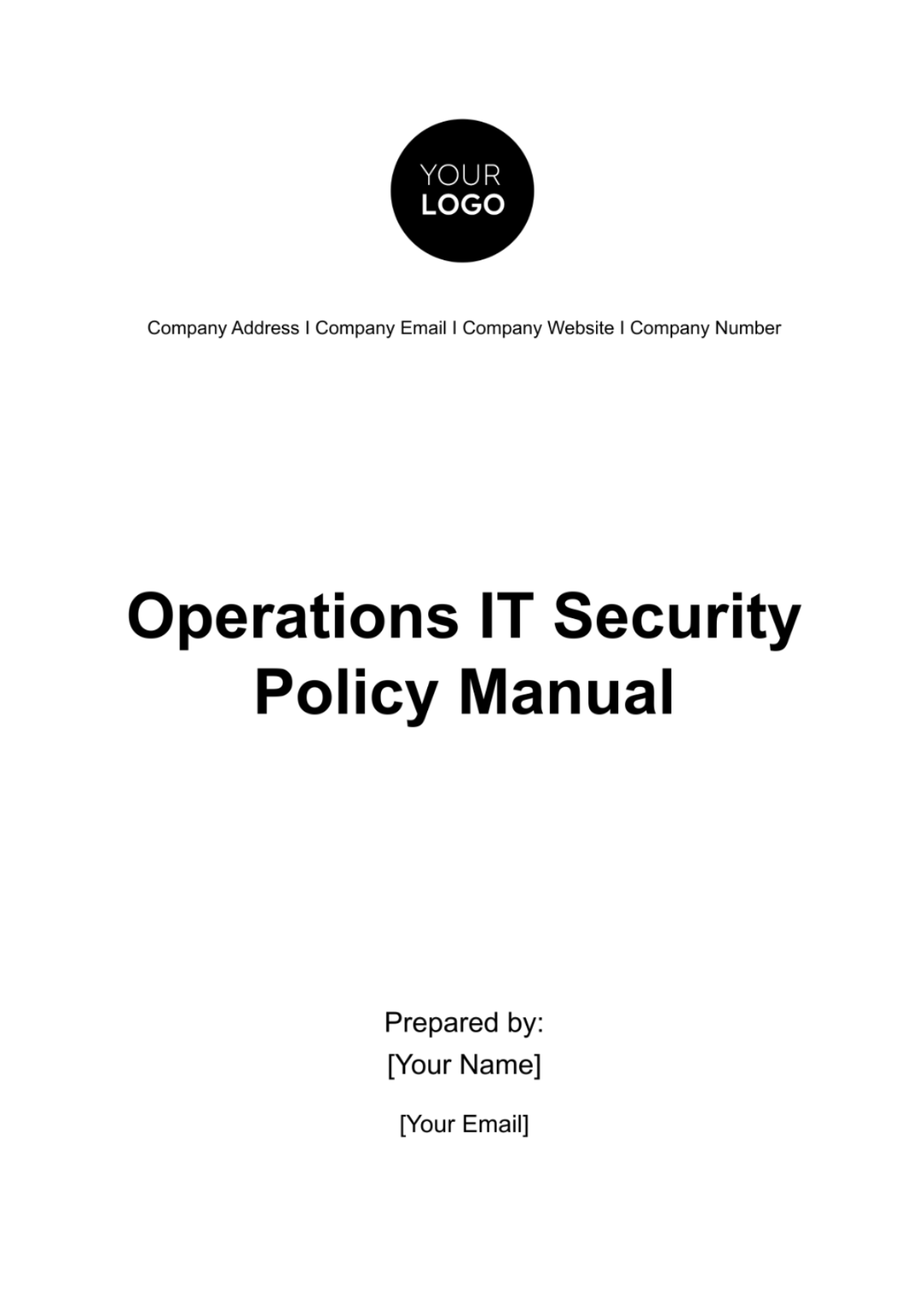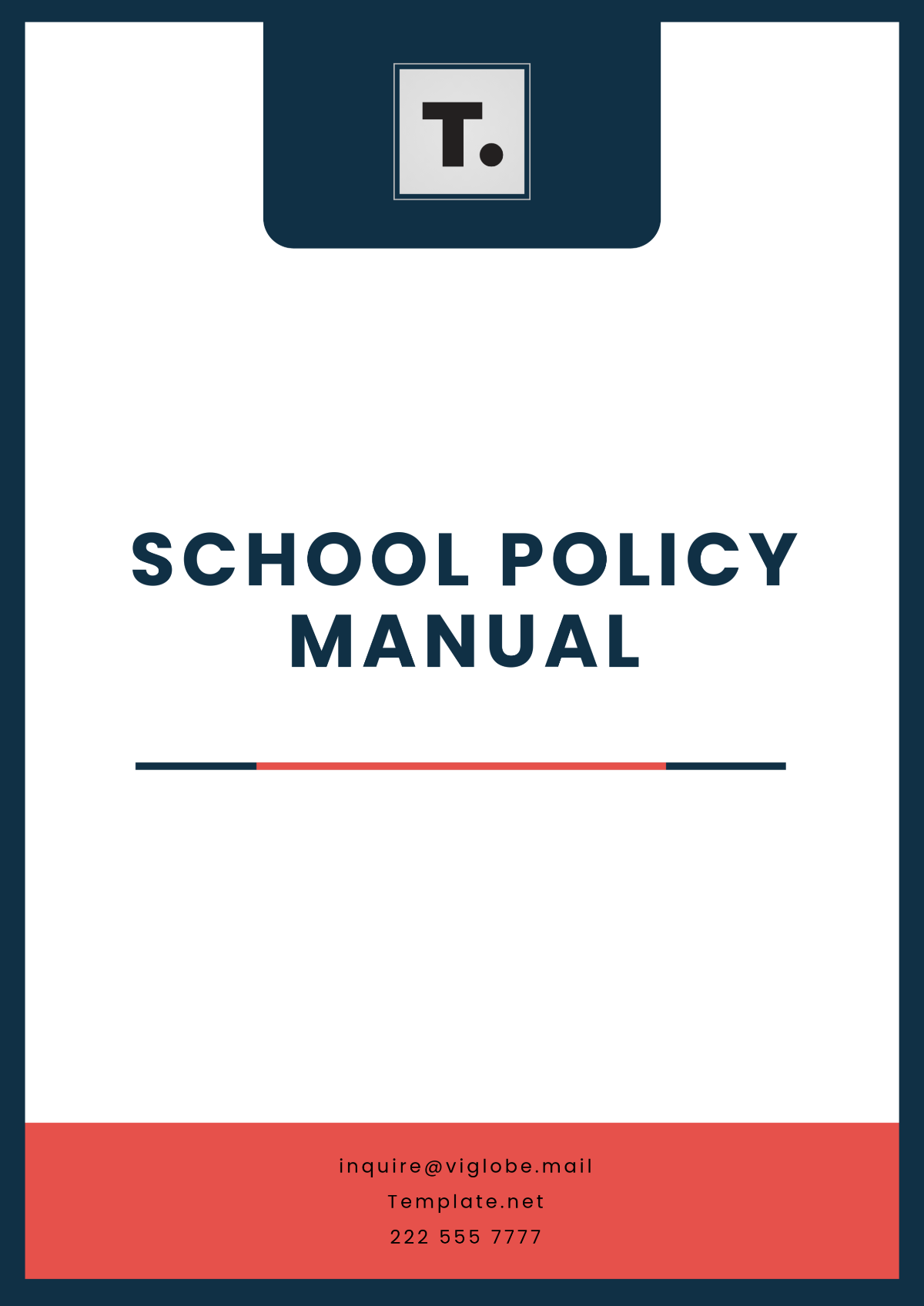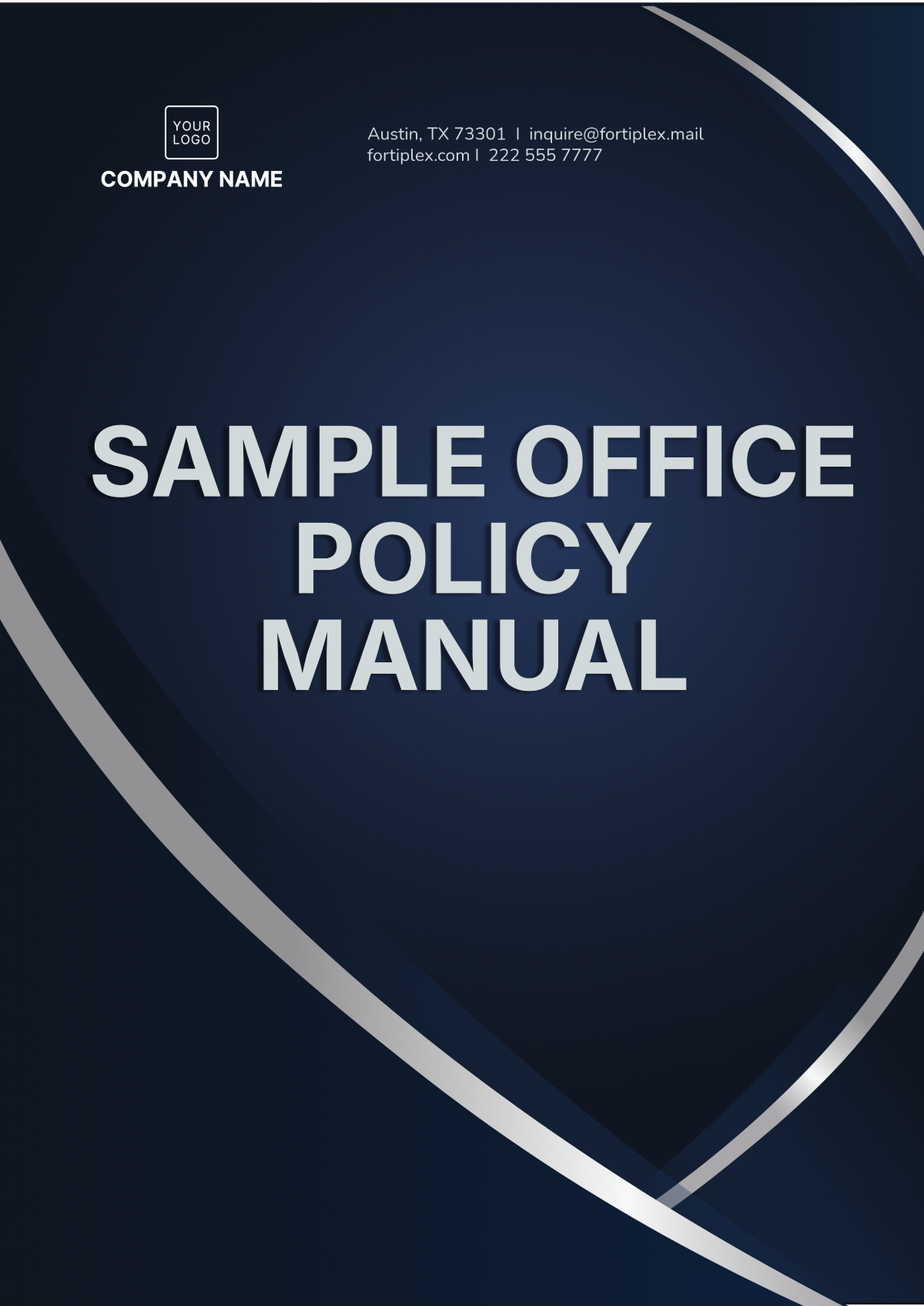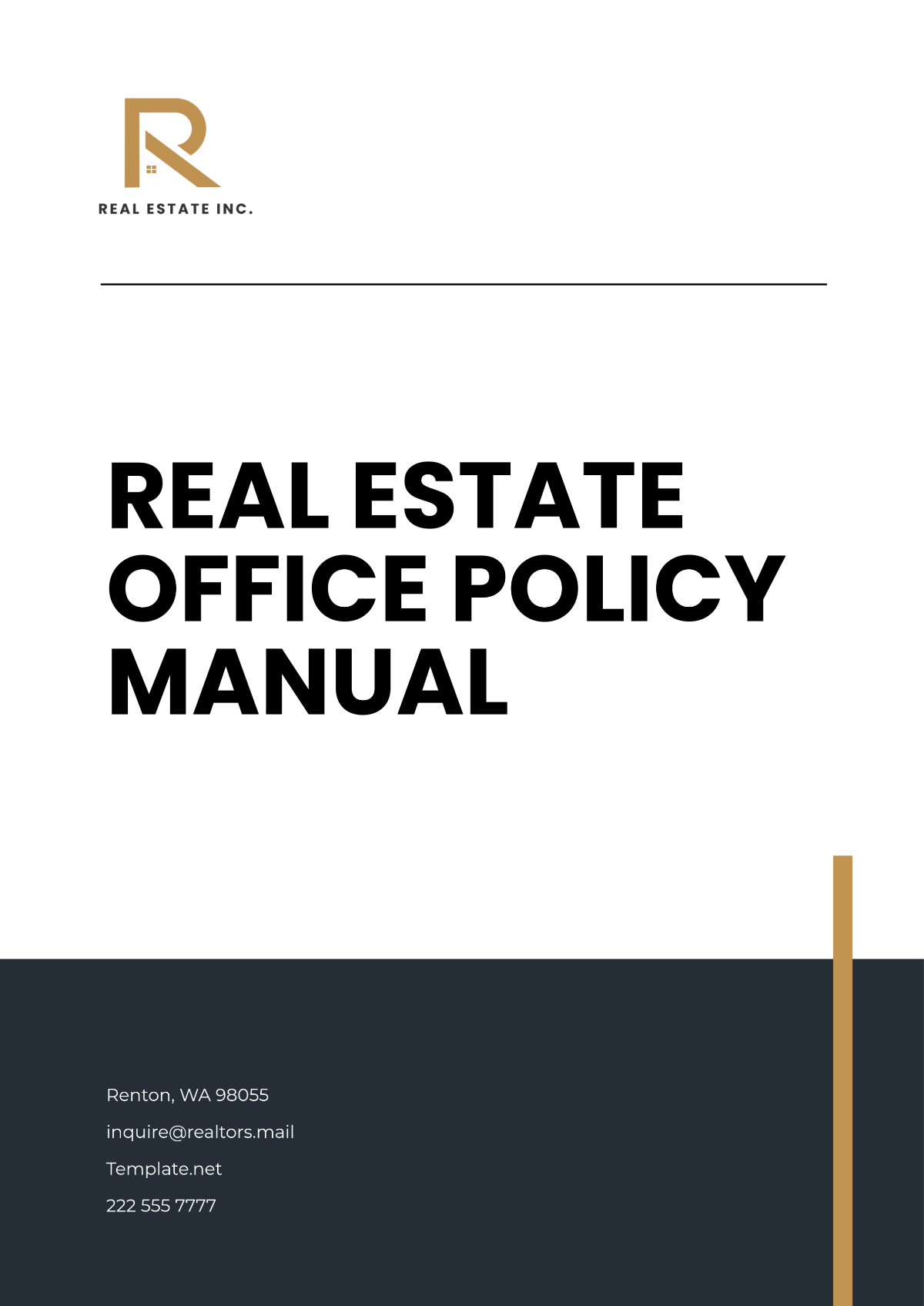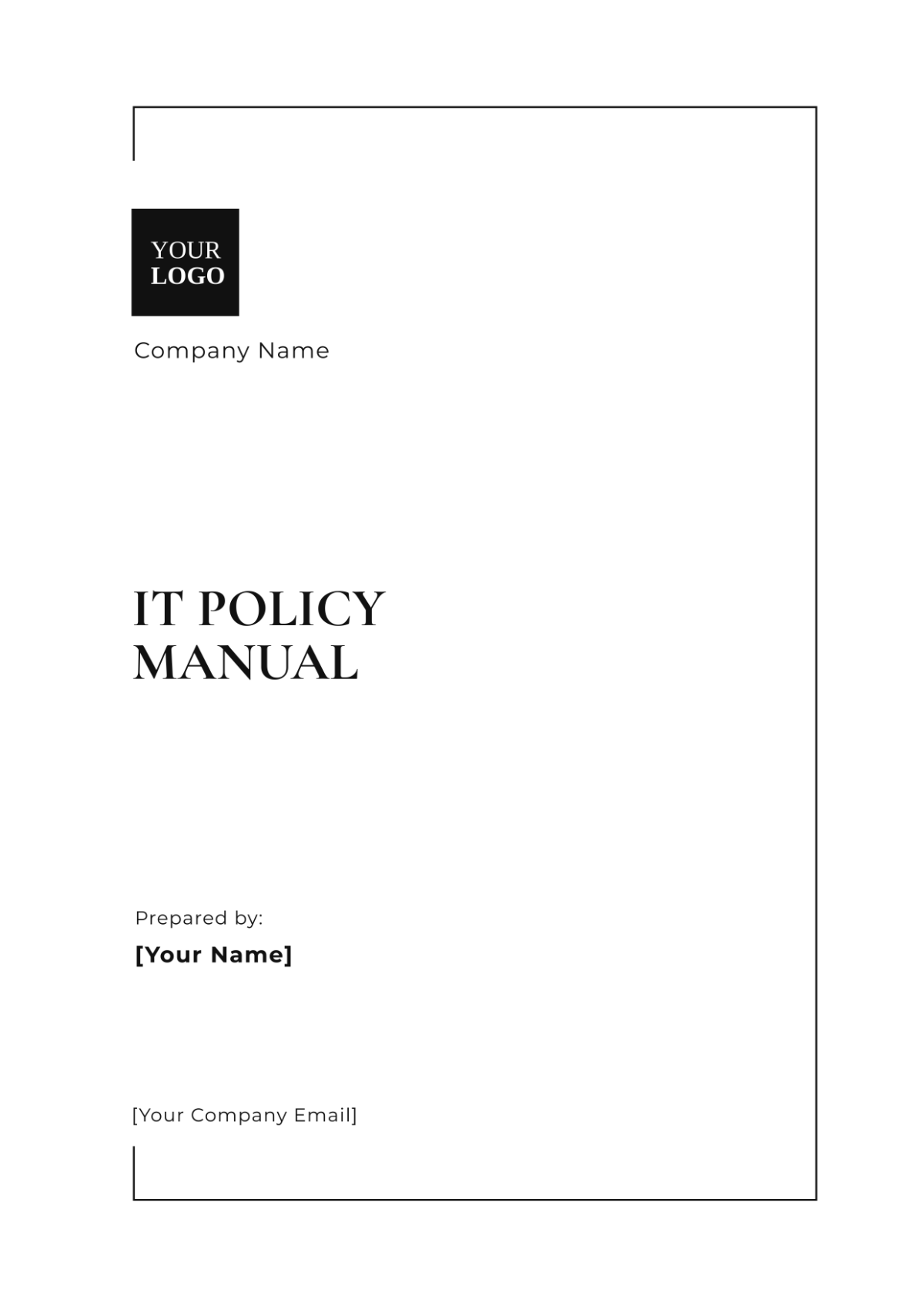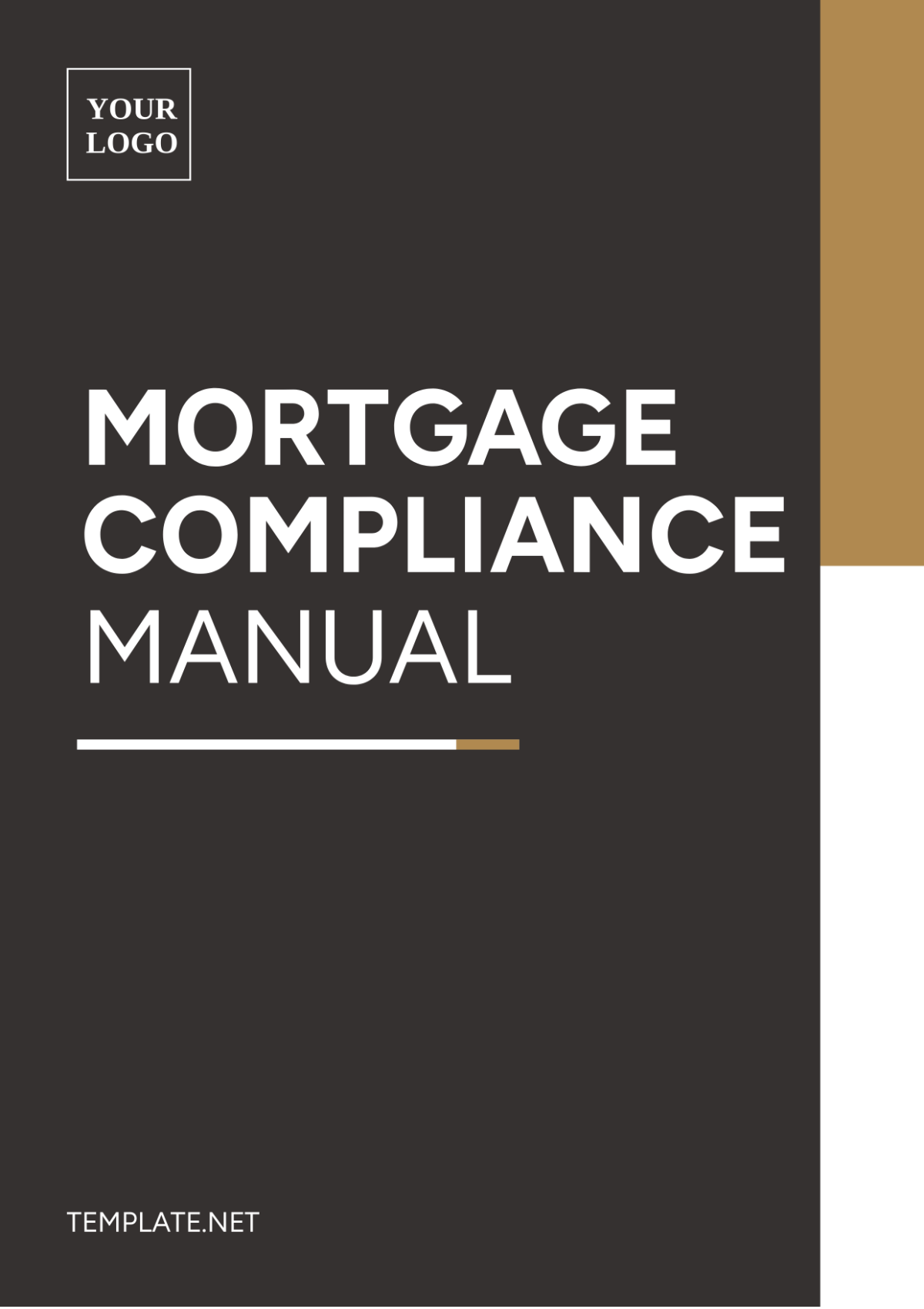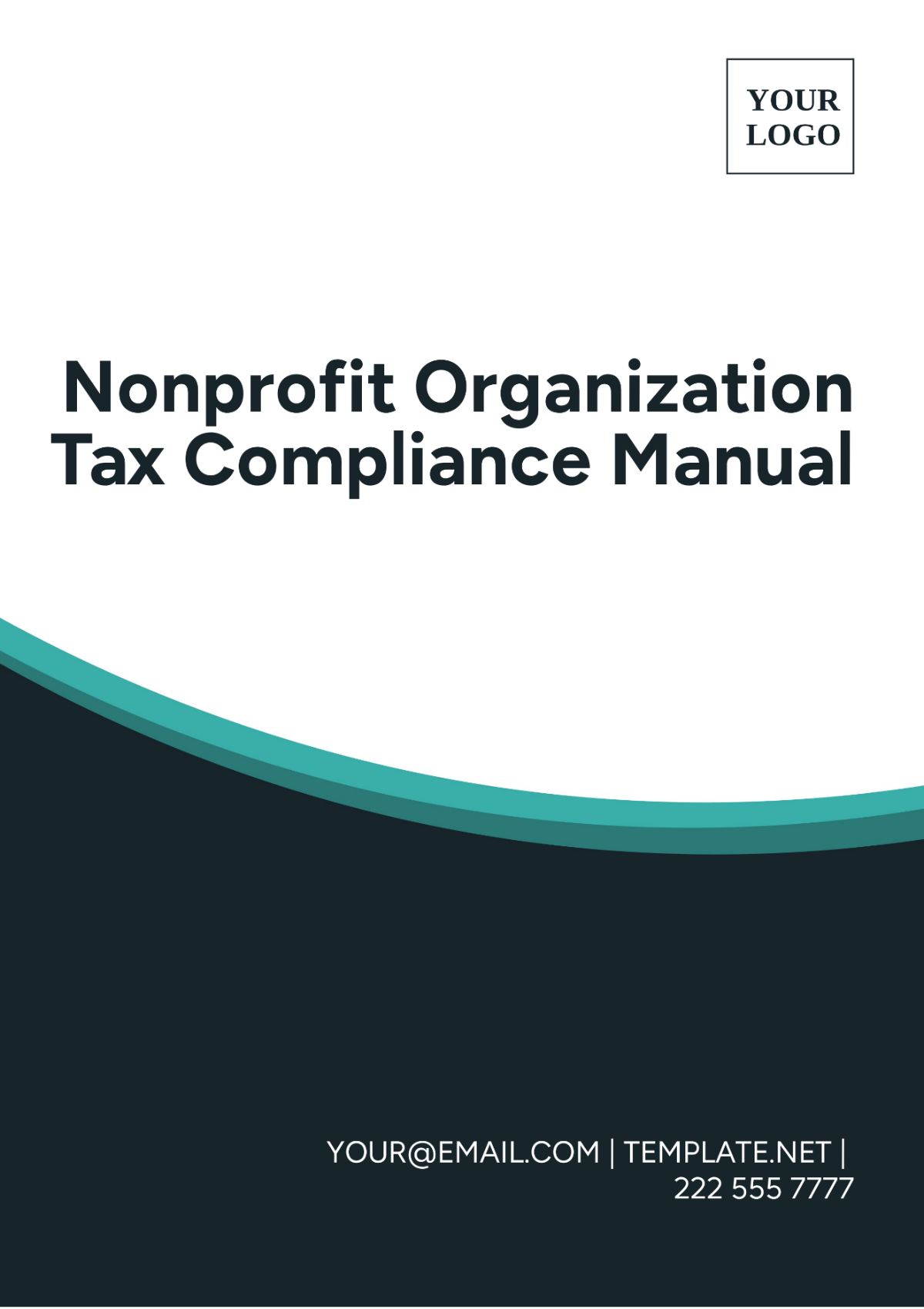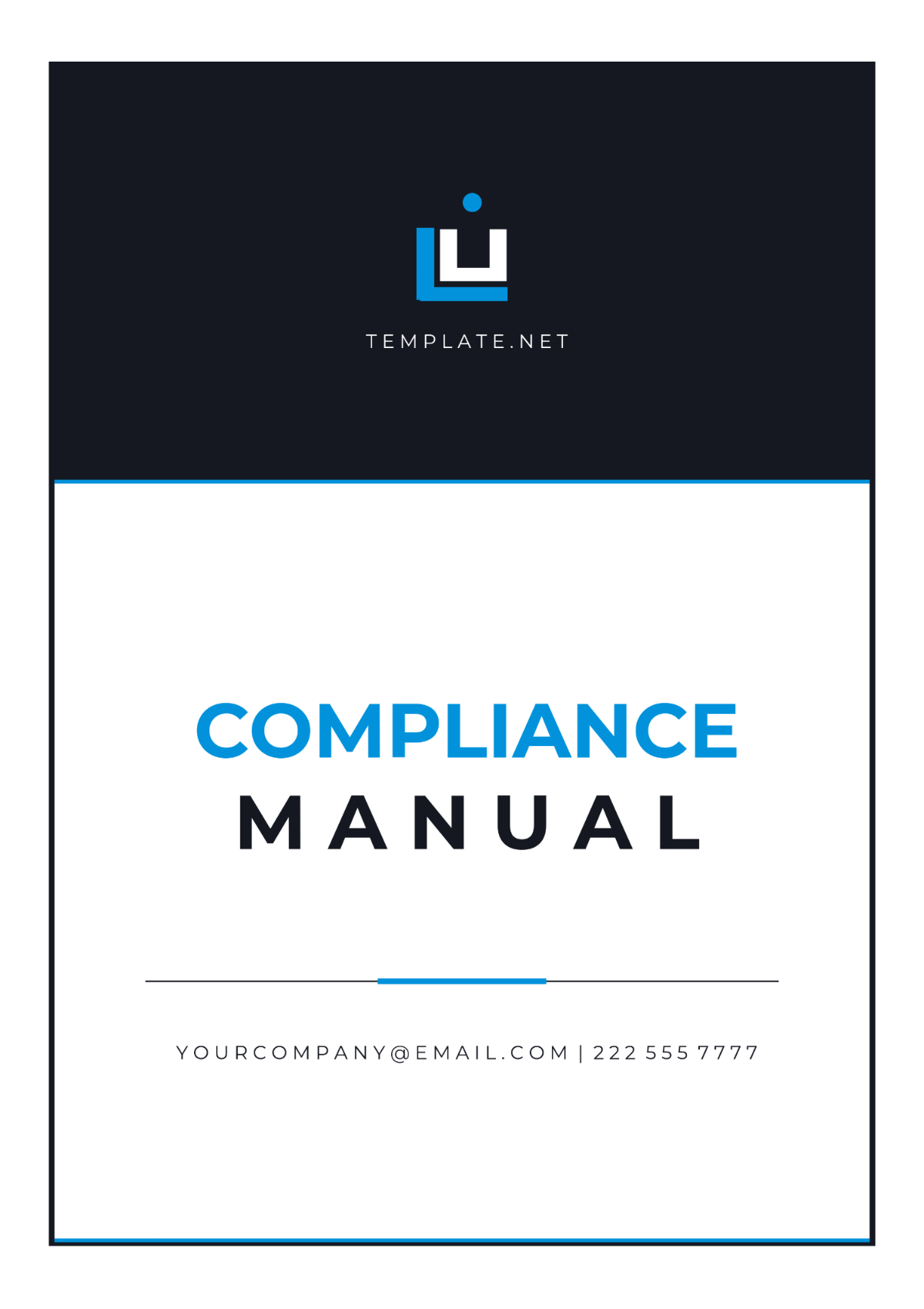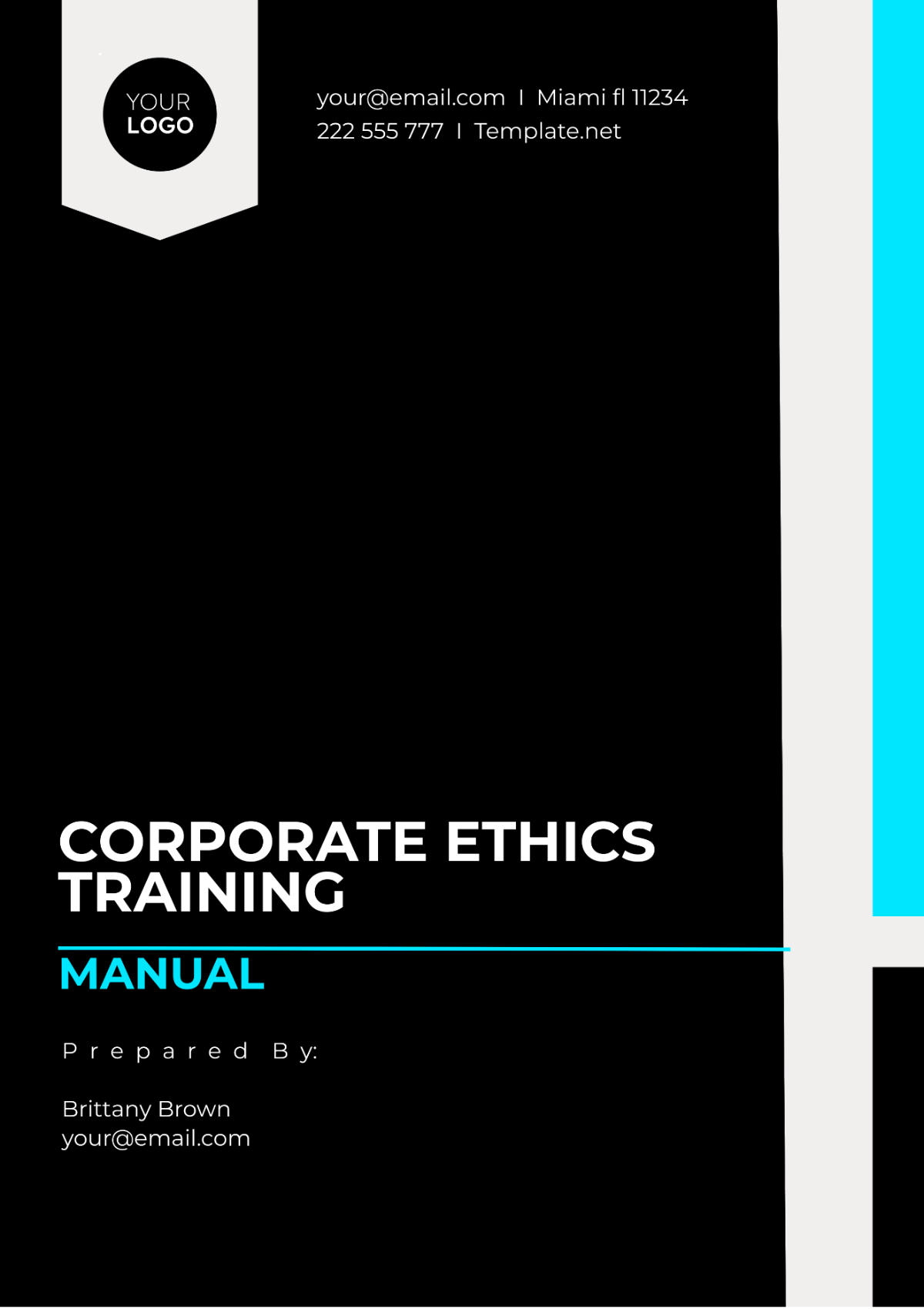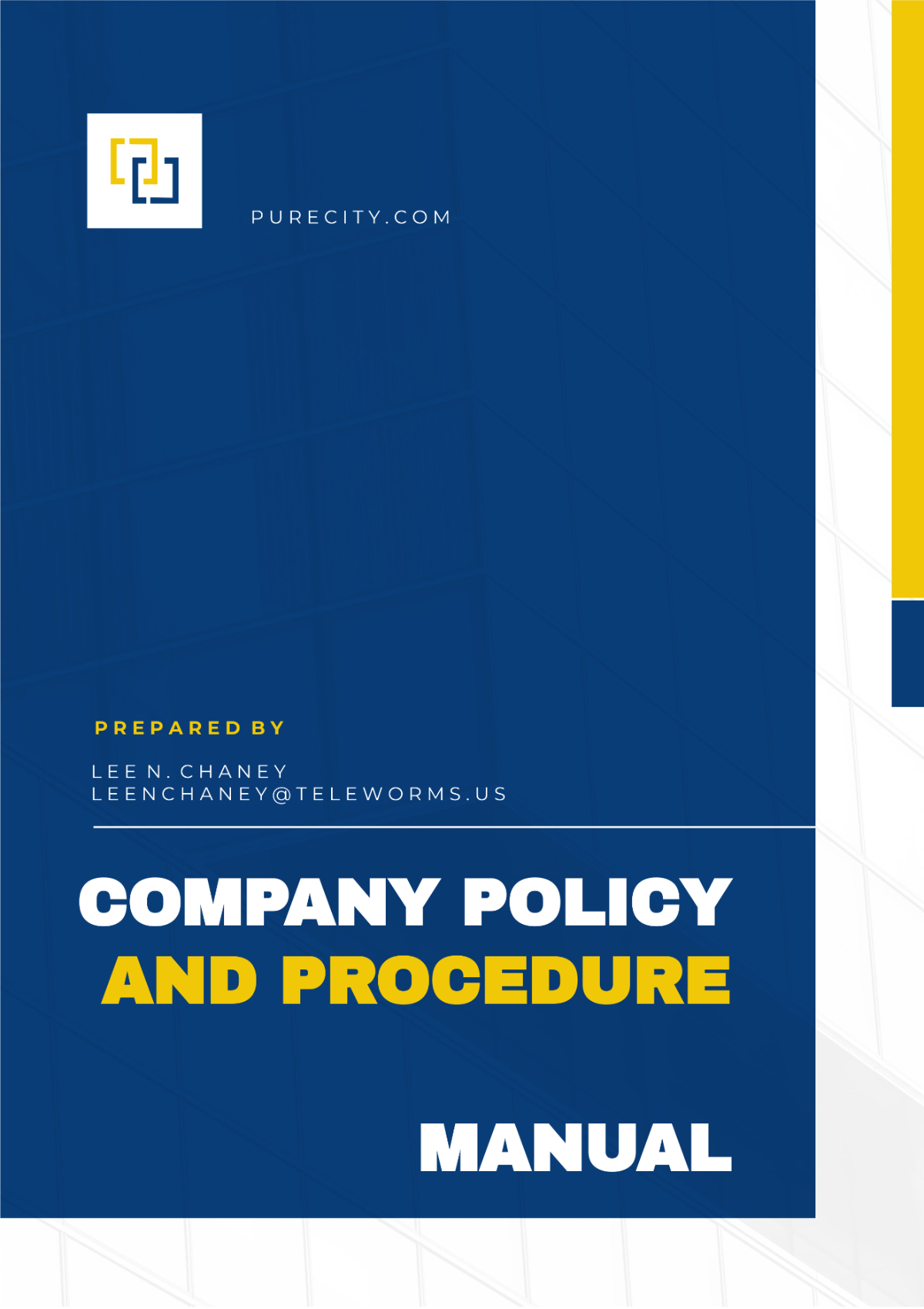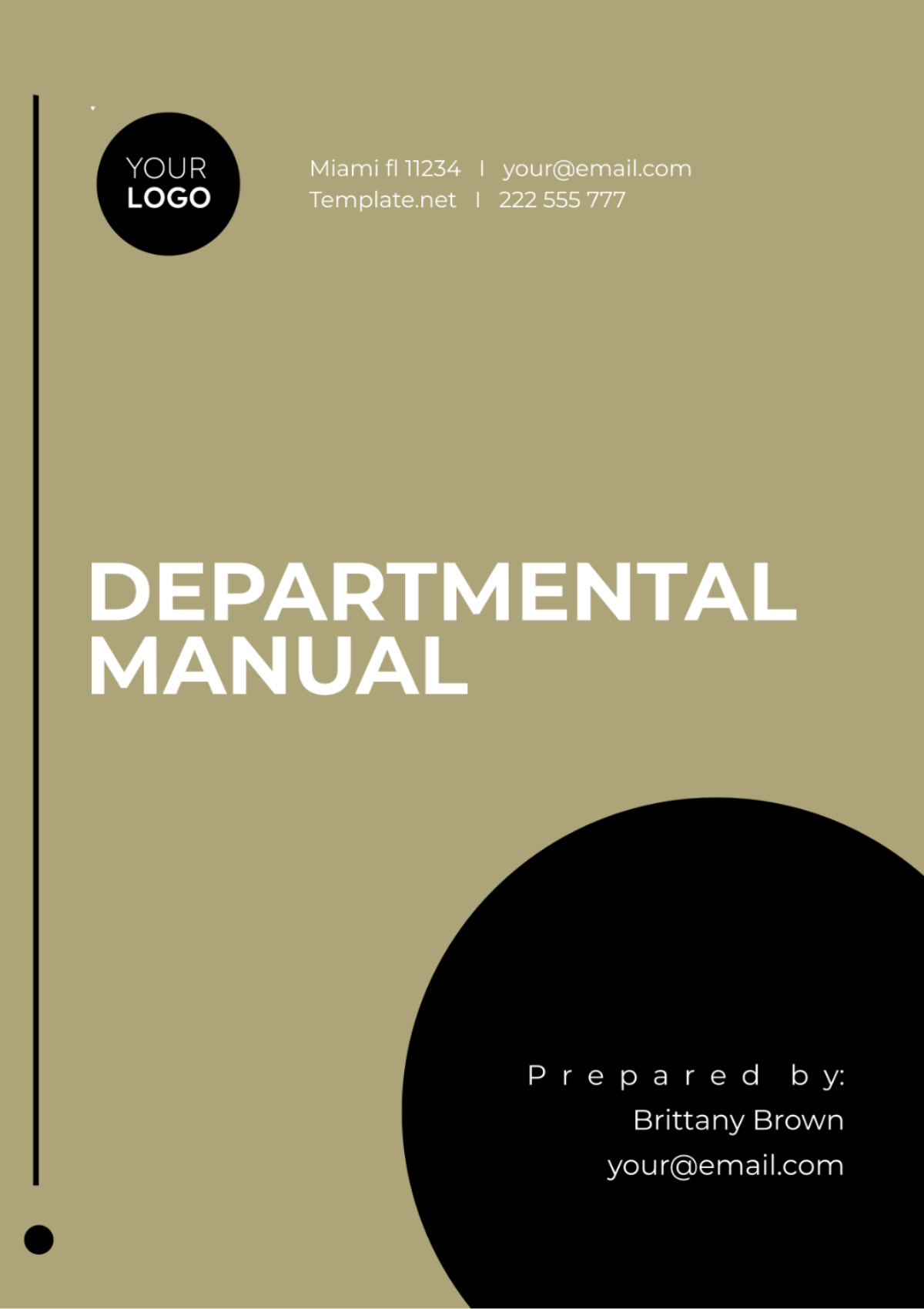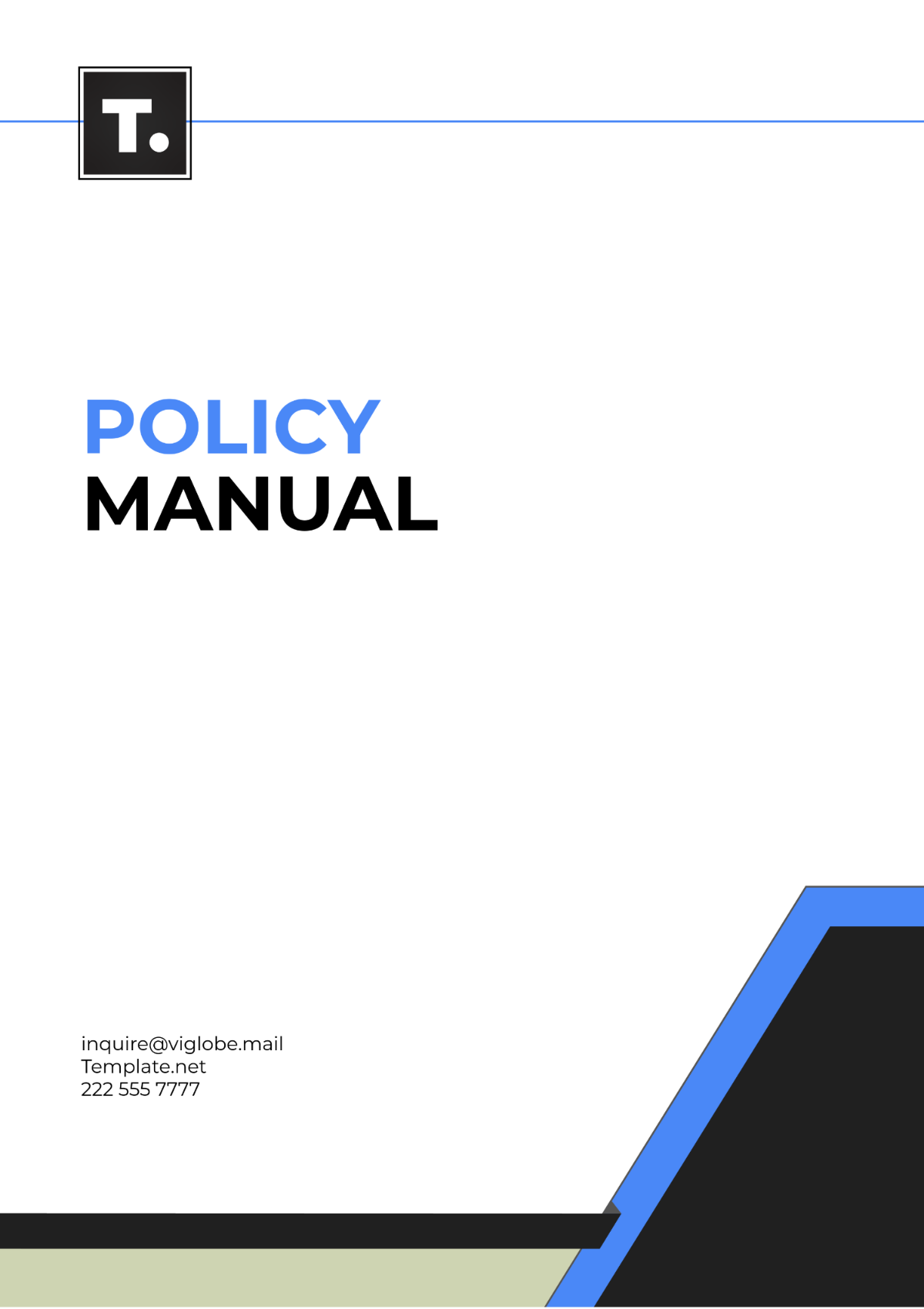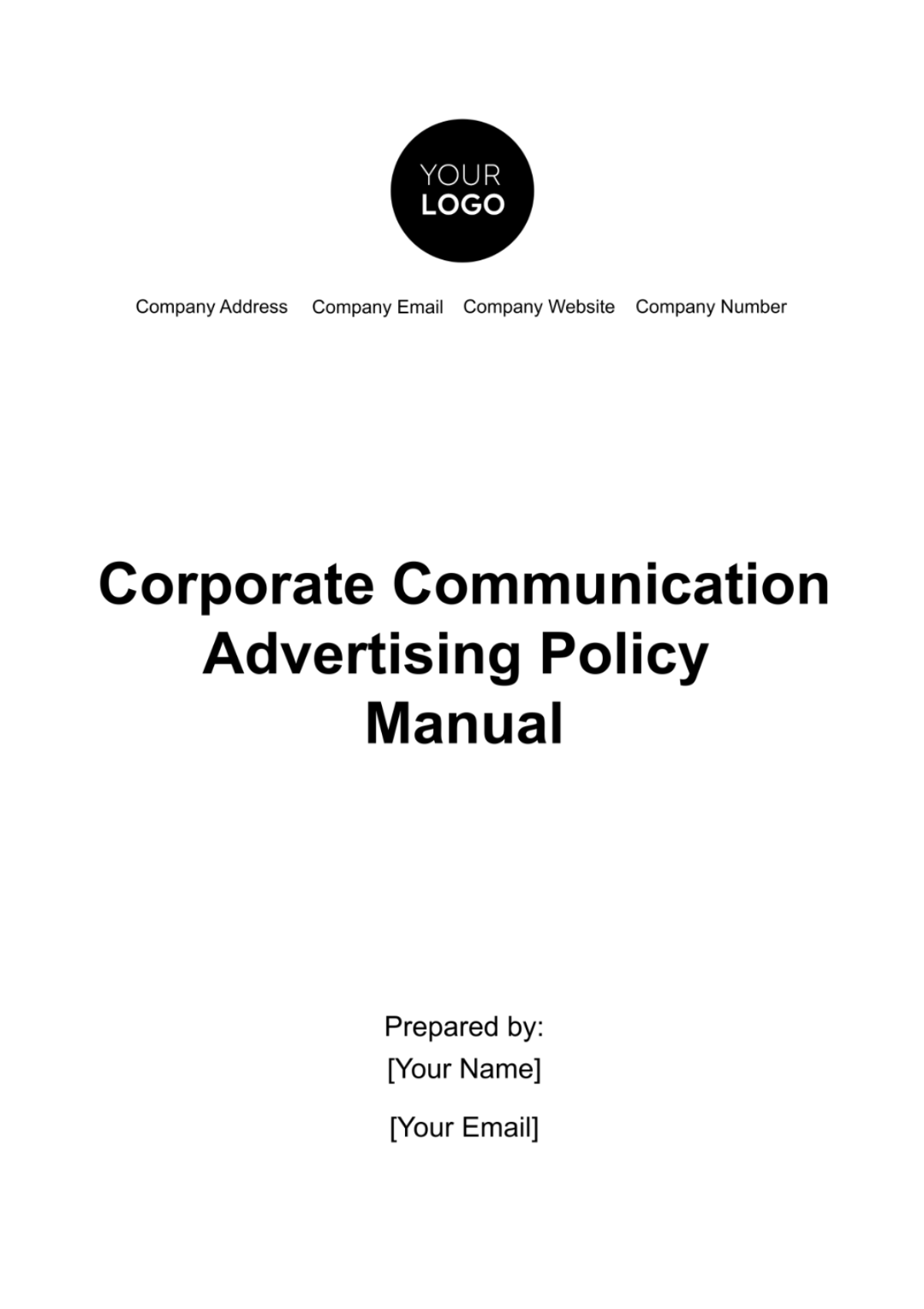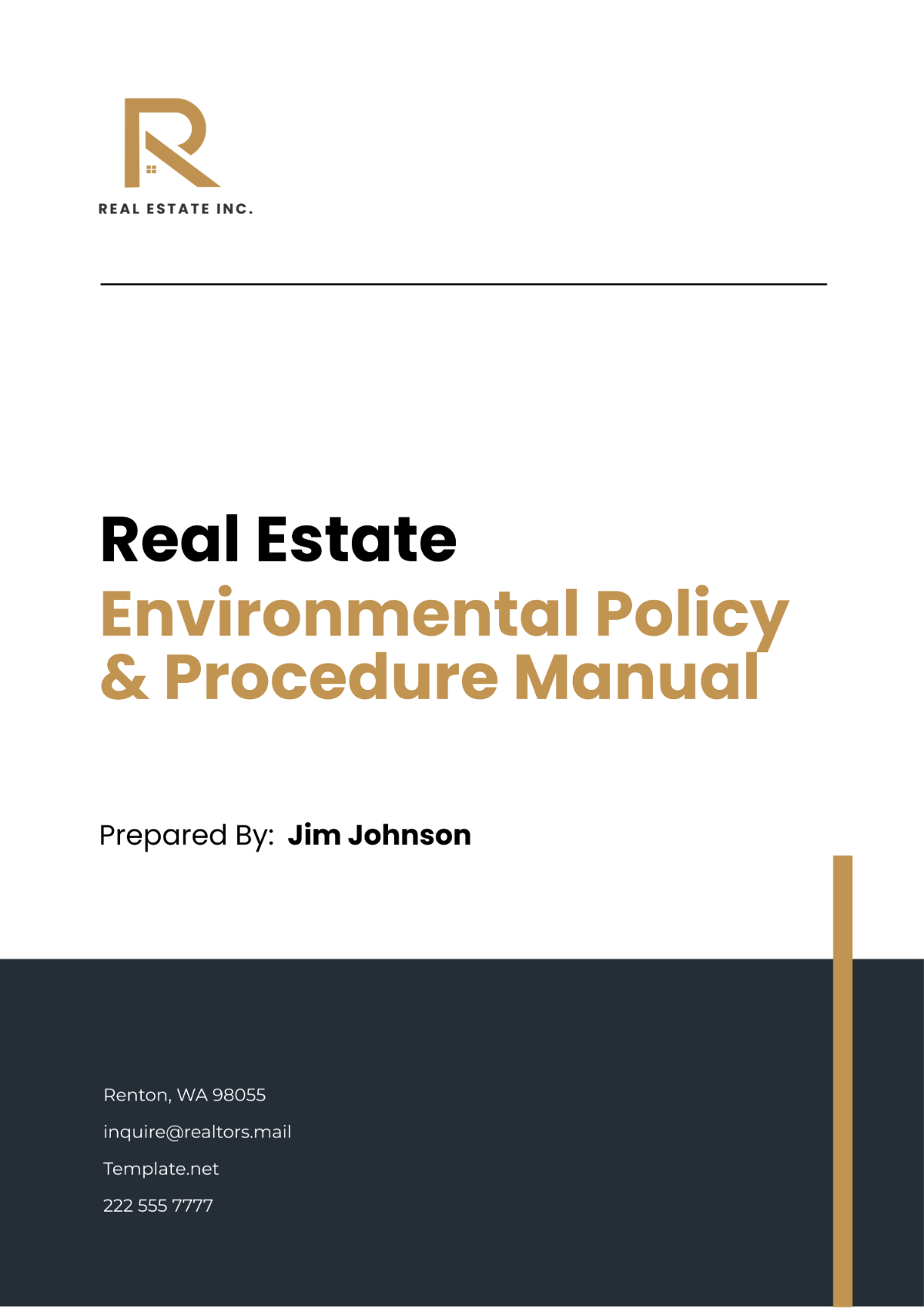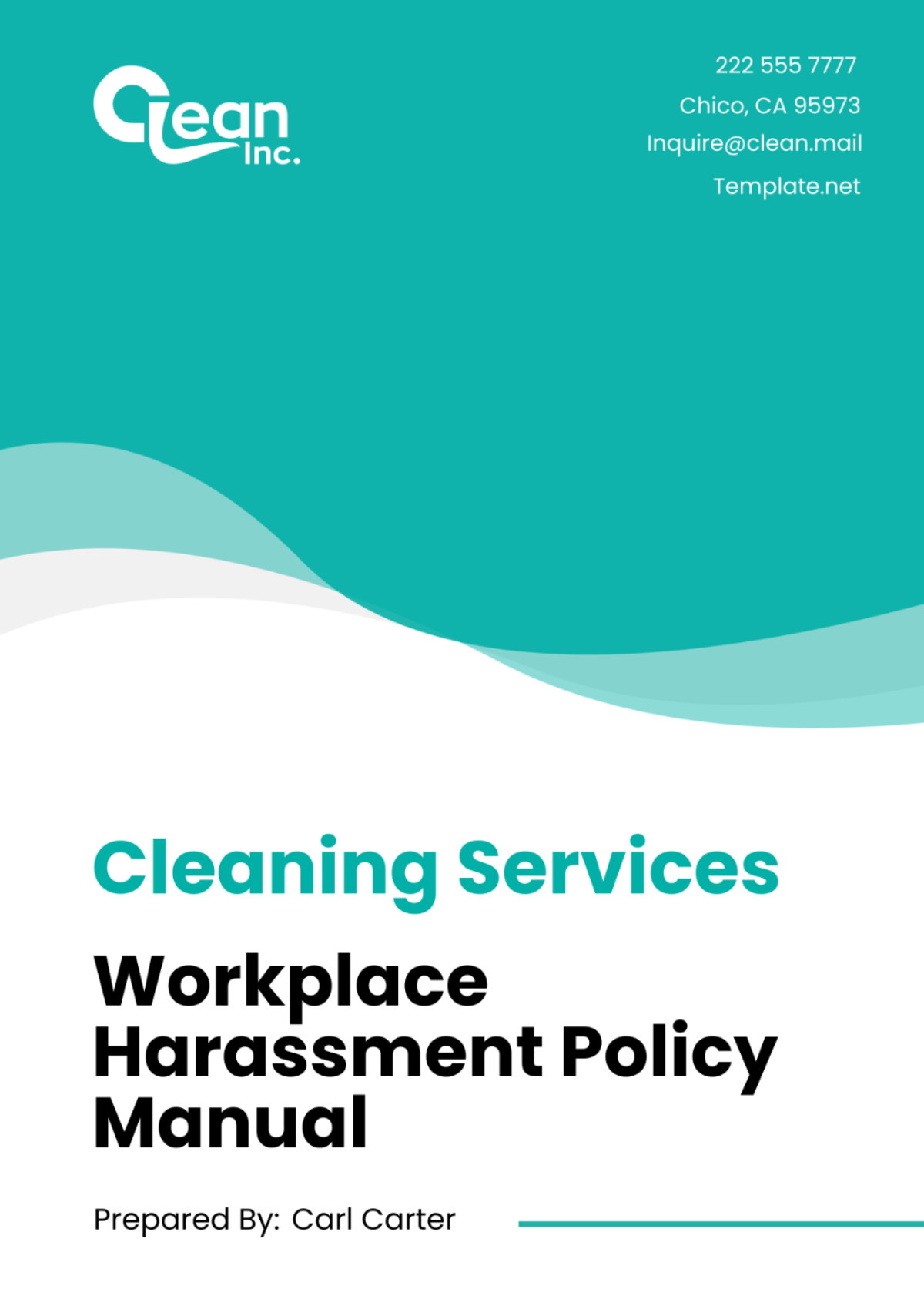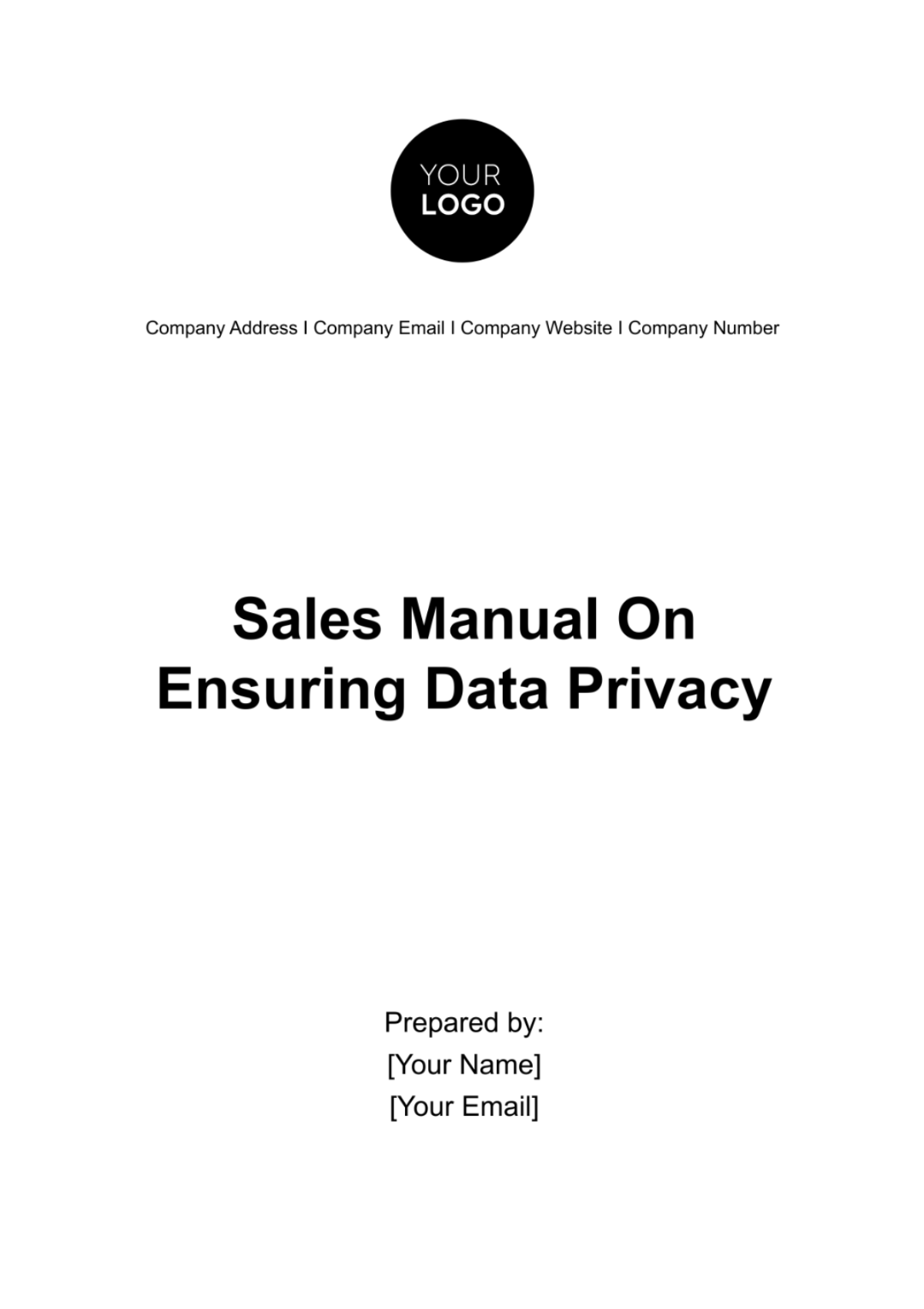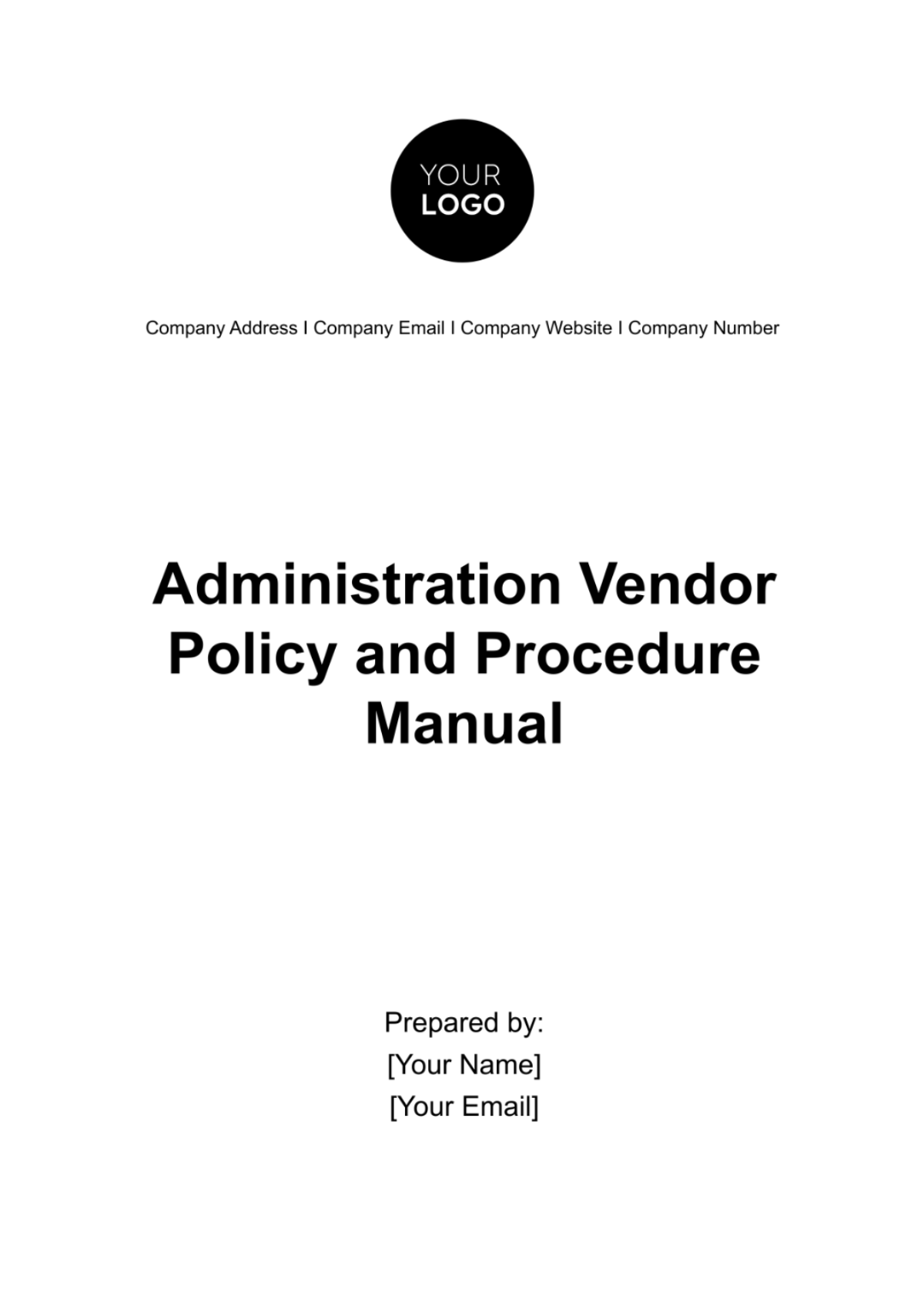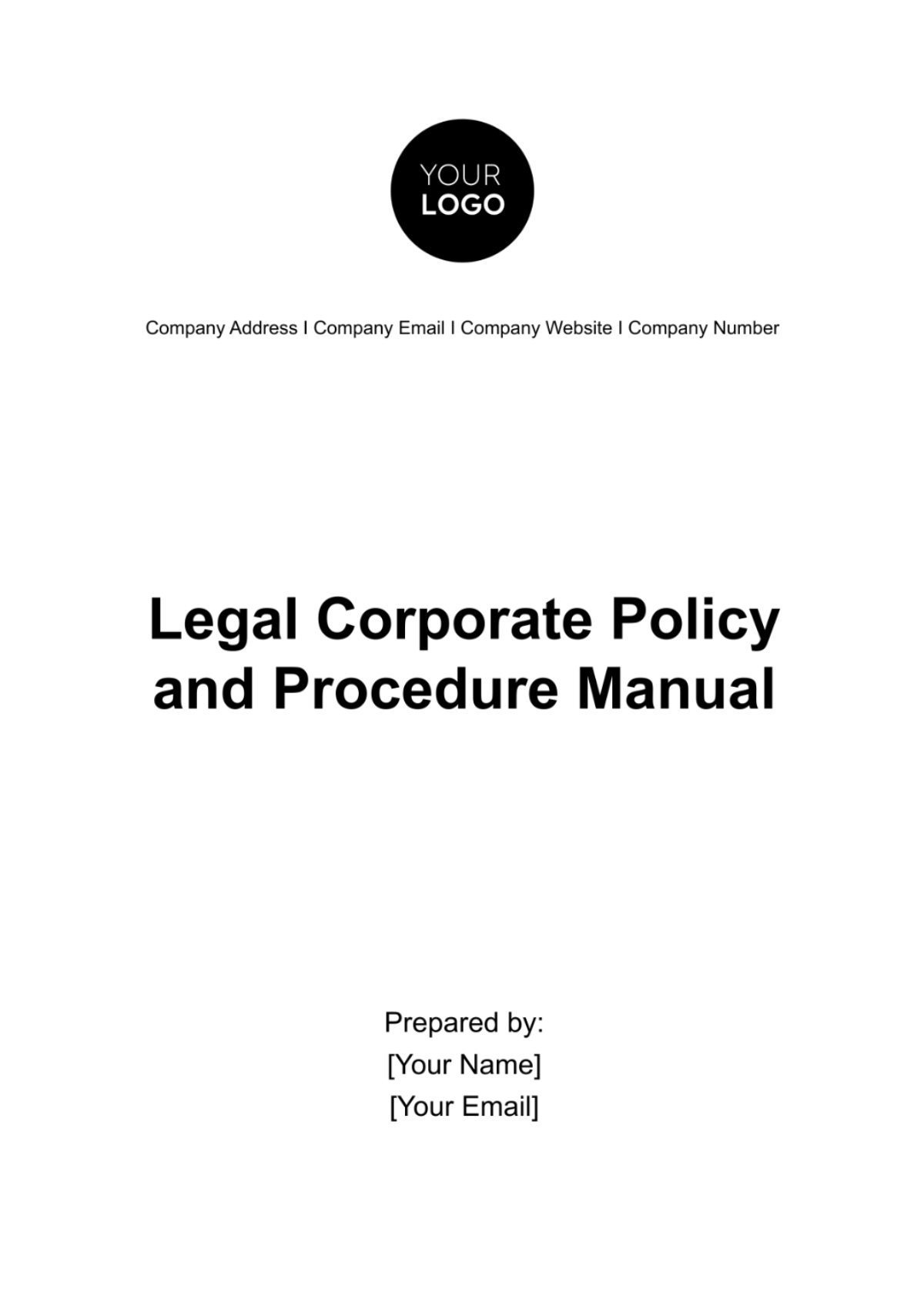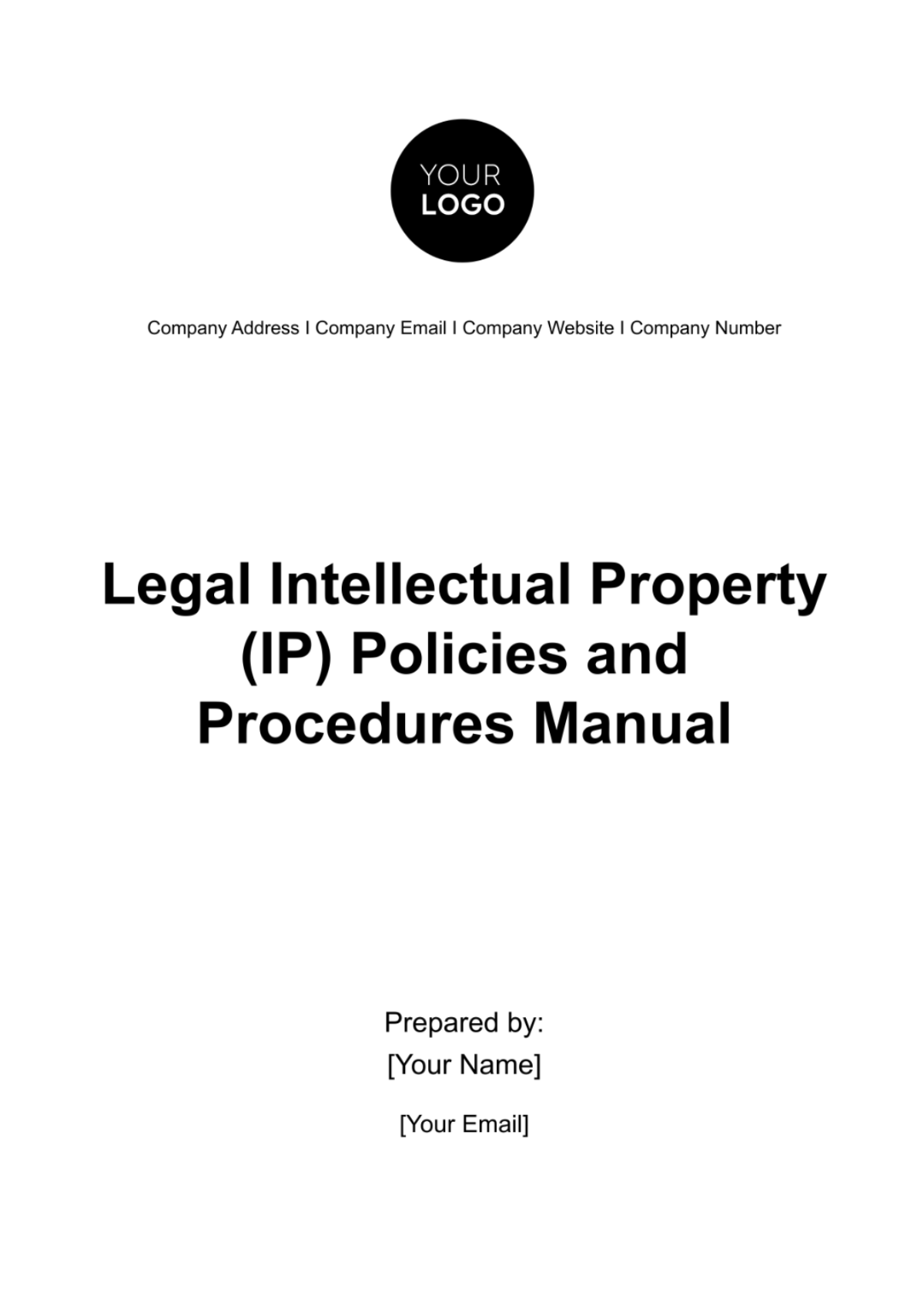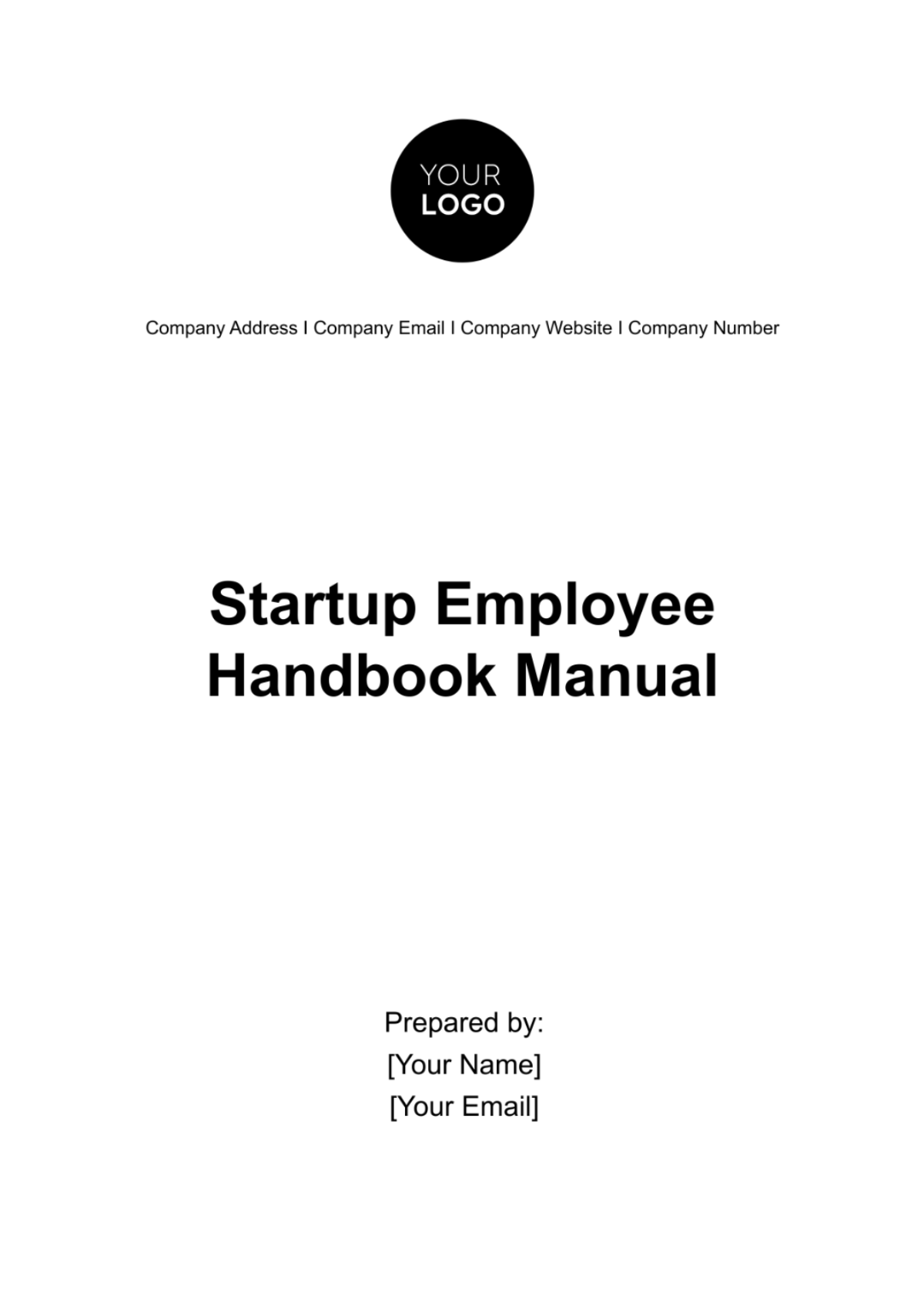Best Practices Manual for Non-Monetary Rewards HR
I. Introduction
Recognizing and appreciating employees is crucial for cultivating a positive workplace culture. At [Your Company Name], we believe in the power of non-monetary rewards to boost morale, engagement, and productivity. This manual aims to guide our managers and leaders on the best practices for implementing these rewards effectively.
Understanding the Shift Towards Non-Monetary Rewards:
Over the years, there has been a noticeable shift from traditional monetary bonuses and salary hikes towards non-monetary rewards. The modern workforce often values experiences, opportunities, and recognition more than financial incentives.
A well-timed compliment, the promise of training, or additional vacation days can have a significant positive impact. Companies, including ours, have found that these rewards can resonate more profoundly, ensuring employees feel seen, valued, and invested in.
Why Prioritize Non-Monetary Rewards?
At [Your Company Name], we recognize the importance of holistic employee wellbeing. While financial compensation is important, non-monetary rewards play an essential role in addressing the non-tangible needs of our employees, such as the need for acknowledgment, personal growth, and work-life balance. By prioritizing these rewards, we are not only improving our workplace atmosphere but also building stronger, long-lasting relationships with our employees.
II. The Importance of Non-Monetary Rewards
Non-monetary rewards have risen in prominence as key drivers of employee motivation and retention in recent years. We deeply understand their value and significance. Here's a more detailed exploration of their importance:
Fostering Loyalty: Non-monetary rewards, such as public recognition or professional development opportunities, appeal directly to an employee’s emotional and professional aspirations. When employees feel valued and appreciated, they are more likely to remain loyal to the company, ensuring a lower turnover and building a team with shared experiences and goals.
Encouraging Higher Productivity: A well-timed reward can act as a strong motivator. Whether it's a shout-out in a company-wide meeting or an opportunity to lead a project, these rewards instill a sense of pride and motivation. Employees often respond by putting in greater effort, leading to increased productivity.
Boosting Morale: In challenging times, a simple gesture like an extra day off or a flexible work schedule can immensely boost morale. Such gestures convey the message that the company cares about its employees' well-being, not just the bottom line.
Attracting and Retaining Top Talent: In the competitive corporate landscape, top talent often looks beyond just the paycheck. By offering a well-rounded rewards system that includes non-monetary benefits, [Your Company Name] positions itself as an attractive option for those looking for growth, recognition, and a supportive work environment.
Enhancing Company Culture: Non-monetary rewards play a pivotal role in shaping the company culture. When employees see their peers being recognized for their efforts and feel that they too have a fair shot at being rewarded, it fosters a culture of meritocracy, collaboration, and shared success.
In essence, while monetary rewards serve as a tangible acknowledgment of an employee’s value, non-monetary rewards address deeper, intrinsic needs that lead to long-term job satisfaction, commitment, and overall company success.
III. Types of Non-Monetary Rewards
In the evolving workspace, non-monetary rewards have taken on a multi-dimensional role, catering to diverse employee needs and preferences. We have curated a range of non-monetary rewards that resonate deeply with our team members. Let's delve deeper into these types:
Recognition | Description: Public or private acknowledgment of an employee's hard work, dedication, or achievements. Impact: Such recognition boosts self-esteem, instills pride, and increases an employee’s drive. It reinforces positive behavior and demonstrates that the company values its contributors. |
Training and Professional Development | Description: Offering opportunities for employees to enhance their skills or knowledge base. Impact: These opportunities signal to employees that the company is investing in their growth. This not only enhances their professional trajectory but also ensures they bring updated knowledge and skills to the company. |
Time off and Sabbaticals | Description: Granting additional vacation days, unexpected leave bonuses, or longer-term sabbaticals. Impact: Time off allows employees to recharge, leading to better mental well-being and increased productivity upon return. It showcases the company’s understanding of the importance of work-life balance. |
Promotions and Role Enhancements | Description: Elevating an employee’s position or expanding their role based on merit. Impact: Demonstrates the company's recognition of talent and dedication, offering a clear path of progression within the organization. |
Work Flexibility | Description: Options such as telecommuting, flexible schedules, or compressed workweeks. Impact: Such flexibility acknowledges the diverse needs of the modern workforce. It can significantly reduce stress, improve work-life balance, and increase overall job satisfaction. |
Experiential Rewards | Description: Offering experiences that can be personally enriching or fun. Impact: Creates lasting memories and deepens the emotional connection between the employee and the company. |
By diversifying the types of non-monetary rewards, [Your Company Name] ensures that we cater to the multifaceted needs of our employees, ensuring a more engaged, motivated, and satisfied team.
IV. Implementation Guidelines
To ensure that non-monetary rewards have the intended positive impact, they must be implemented thoughtfully and consistently. We've established a set of guidelines that our managers and leaders can follow to guarantee the successful rollout and reception of these rewards:
Clear and Transparent Criteria: The benchmarks or achievements for earning non-monetary rewards should be transparent. By maintaining clear criteria, we ensure that the rewards system is perceived as fair and merit-based. This prevents misunderstandings and potential grievances.
Tailored Approach: Understand the unique preferences and aspirations of each employee. By offering rewards that resonate with individual needs and desires, the company demonstrates genuine appreciation and understanding. Not every employee values the same reward in the same way.
Regular Communication: Keep employees informed about the availability and scope of non-monetary rewards. Regular updates ensure that employees are aware of the rewards they can aspire to, and it keeps the excitement and motivation levels high.
Timeliness in Recognition: Offer rewards in close proximity to the achievement or behavior they are recognizing. Immediate recognition reinforces positive behavior and ensures that the employee feels appreciated in real-time.
Encourage Peer-to-Peer Recognition: Empower employees to recognize and applaud their peers. Such peer-to-peer recognition can be more meaningful as it comes from those who witness the hard work and effort firsthand. It also fosters a collaborative and supportive work environment.
Periodic Reviews: Regularly review and adjust the non-monetary rewards program based on feedback and changing company or employee needs. As the company evolves and grows, so do the needs and preferences of its employees. Keeping the rewards system dynamic ensures its continued relevance and effectiveness.
Celebrate Diversity: Ensure that the rewards program is inclusive and recognizes the diverse achievements and contributions of all employees, irrespective of their role, seniority, or background. An inclusive rewards program fosters unity, respect, and ensures everyone feels valued and seen.
Incorporating these guidelines into the rollout and management of our non-monetary rewards program at [Your Company Name] will ensure its efficacy, fairness, and positive impact on our team members.
V. Evaluating Effectiveness
To ensure the longevity and success of our non-monetary rewards system at [Your Company Name], it's essential that we consistently evaluate its effectiveness. This not only confirms that we're meeting our intended objectives but also allows us to fine-tune our strategies to better serve our employees. Here's a deep dive into our evaluative approach:
Metric | Goal |
|---|---|
Employee Satisfaction Surveys | Achieve >90% positive feedback concerning non-monetary rewards by [Year]. Feedback directly from employees gives insights into how well the rewards resonate and where improvements can be made. |
Turnover Rate Analysis | Achieve a decrease in turnover rate by 15% with the implementation of rewards by [Year]. Lower turnover rates suggest higher job satisfaction and the effectiveness of the rewards in fostering loyalty. |
Productivity Assessment | Witness an increase in productivity levels by 10% after rewarding employees by [Year]. Boosts in productivity can directly correlate to increased motivation from non-monetary rewards. |
Recruitment Insights | Register a 20% increase in potential candidates referencing non-monetary rewards in their interviews by [Year]. If top talent is attracted by our rewards system, it indicates its competitive edge in the job market. |
Departmental Feedback Sessions | Conduct periodic sessions with department heads to understand the impact and reception of rewards in their respective teams. Department-specific feedback provides nuanced insights into how different rewards work across varied teams and roles, allowing for tailored adjustments. |
Case Study Analysis | Delve deep into specific instances where rewards were given and evaluate the subsequent effects on the employee and the larger team. Case studies provide a narrative and detailed insight into the real-world impact of the rewards, capturing nuances that broader metrics might miss. |
Comparative Benchmarking | Compare the effectiveness of our non-monetary rewards system with industry standards or similar companies. This will give us insights into where we stand in the industry and identify best practices that we can adopt. |
Through a comprehensive evaluation approach, [Your Company Name] ensures that our non-monetary rewards system remains a dynamic, effective, and integral part of our company culture, consistently meeting the evolving needs of our valued team members.
VI. Case Studies
Analyzing real-life scenarios can offer invaluable insights into the tangible impact of non-monetary rewards. By examining these case studies, [Your Company Name] realizes the multifaceted impact non-monetary rewards can have on employees. Whether it's boosting individual morale, enhancing skills, or fostering team unity, the right reward can bring about transformative positive change. We've documented a few exemplary instances that highlight the effectiveness of our rewards system:
Case Study 1: Recognition Boosts Performance
Employee: | [Name], a Junior Developer |
Scenario: | [Name] took the initiative to troubleshoot and fix a critical software bug that saved a client project. They weren't directly responsible for the task but stepped up when the team was in a crunch. |
Reward: | [Name] was publicly recognized in a company-wide meeting and featured in the monthly company newsletter. |
Outcome: | Motivated by the recognition, they consistently showcased initiative, became an essential team player, and were eventually fast-tracked to a senior developer position within a year. |
Lesson: | Public acknowledgment can significantly boost performance and drive, leading to accelerated career growth. |
Case Study 2: Training and Development Opens New Opportunities
Employee: | [Name], a Graphic Designer |
Scenario: | They showcased immense potential but lacked certain advanced skills that could take their work to the next level. |
Reward: | [Your Company Name] sponsored their participation in an advanced graphic design workshop. |
Outcome: | Equipped with her new skills, they spearheaded a rebranding project that won accolades and brought in several high-profile clients. They eventually led the design team on many flagship projects. |
Lesson: | Investing in an employee's professional development can yield substantial returns for the company in terms of quality of work and innovation. |
VII. Conclusion
At [Your Company Name], we understand the profound effect non-monetary rewards can have on our team's motivation and overall performance. As we move forward, we remain committed to continually refining our reward strategies to ensure we offer the best to our employees.
